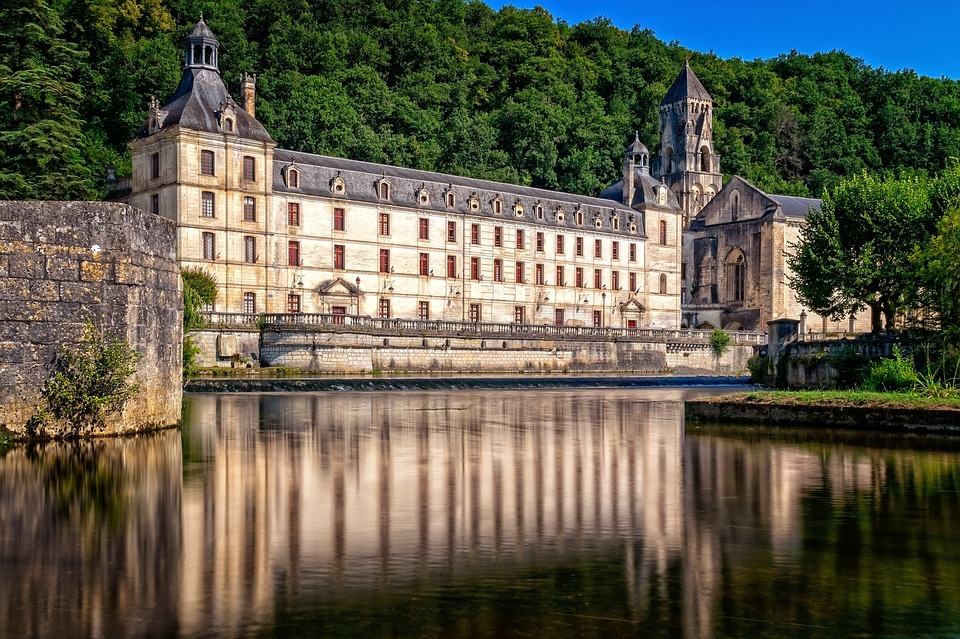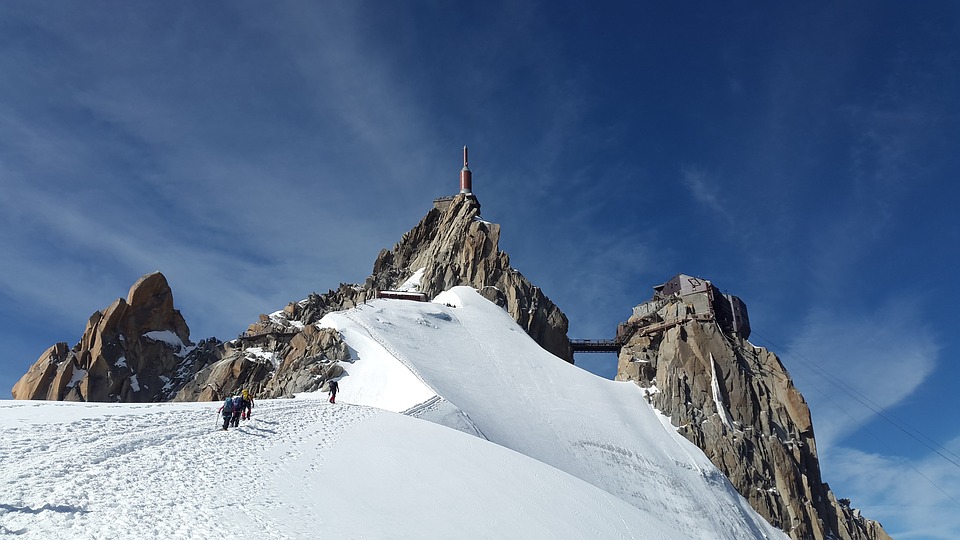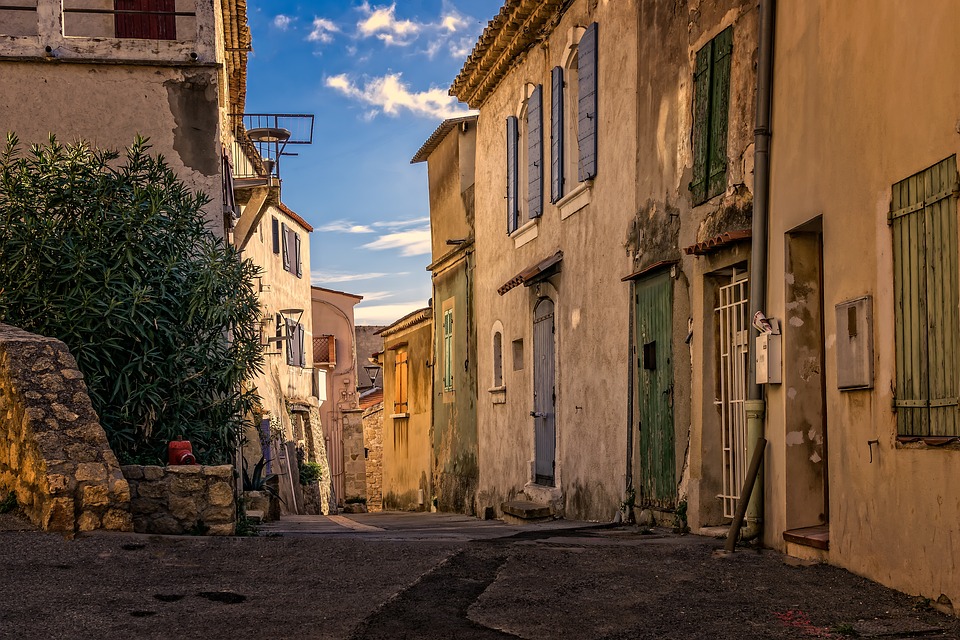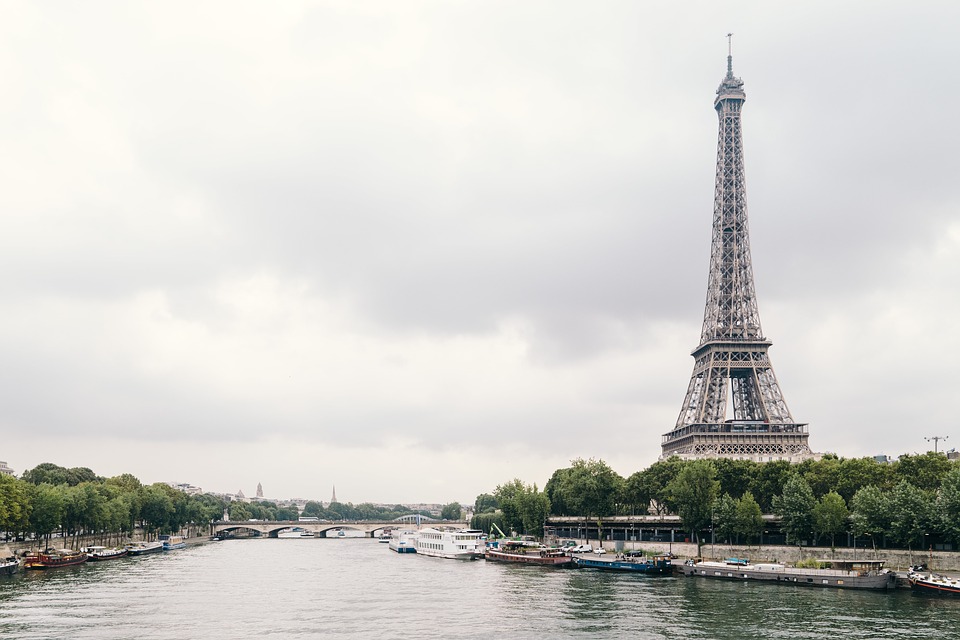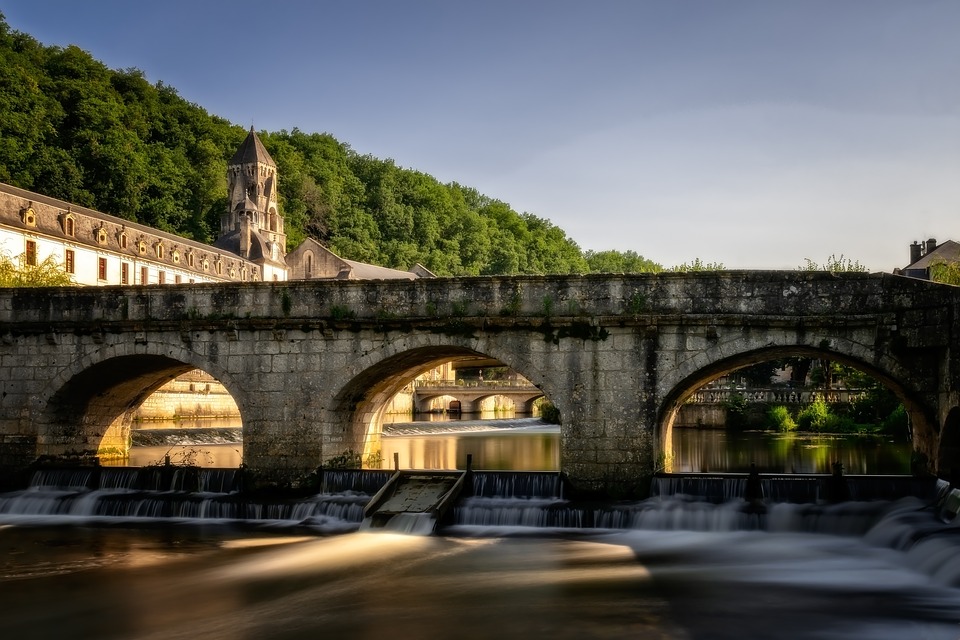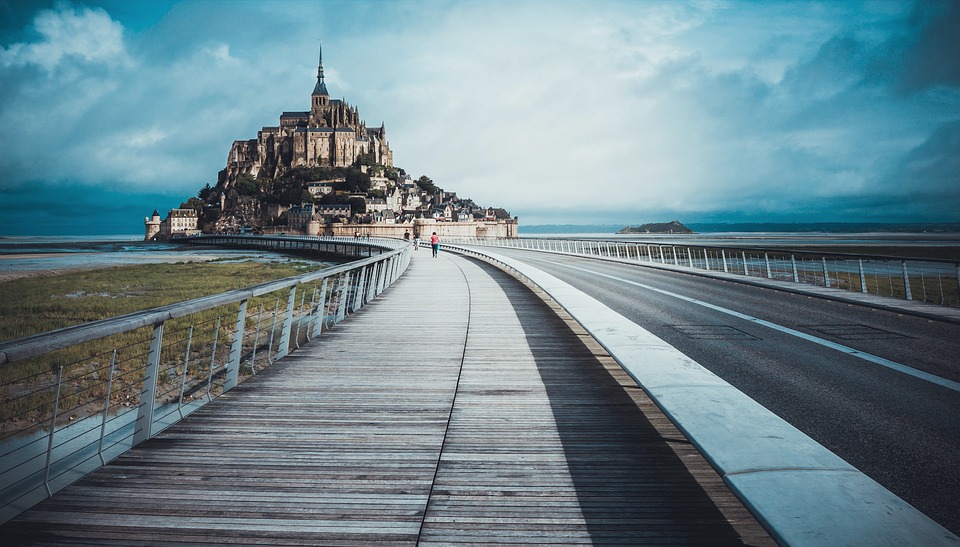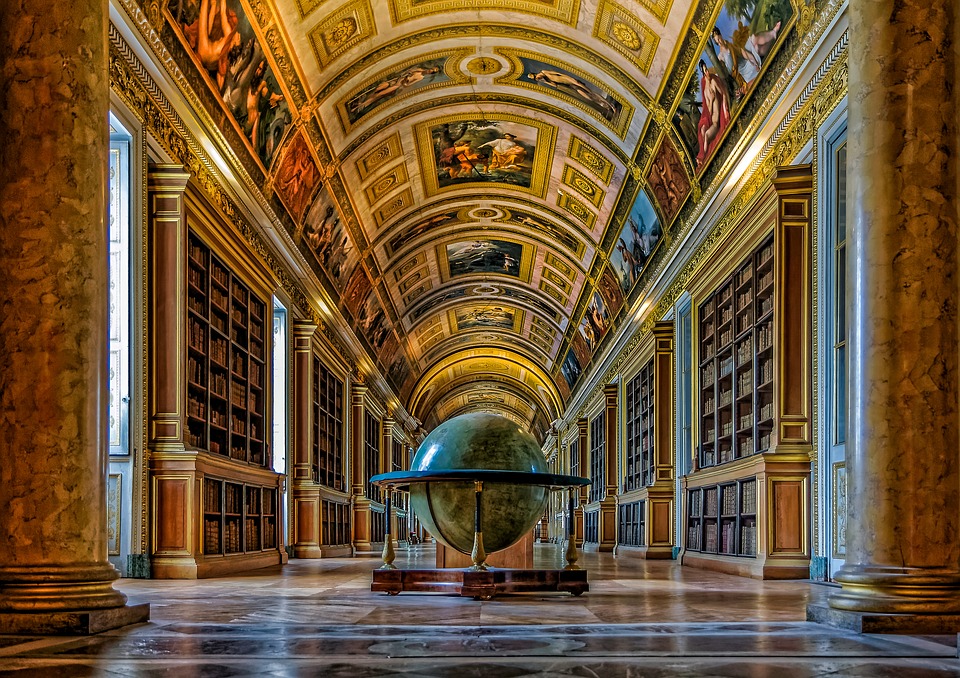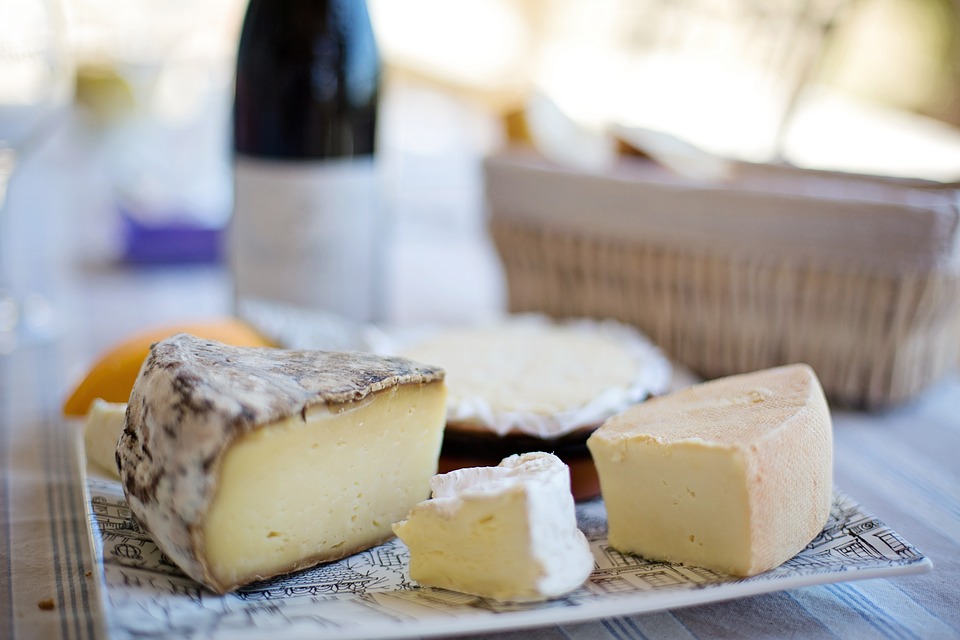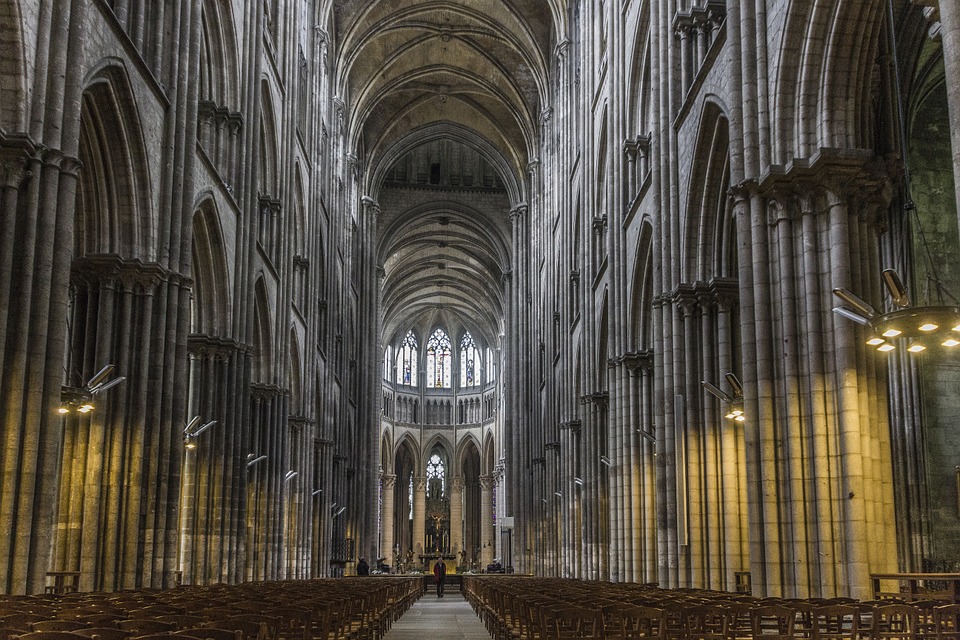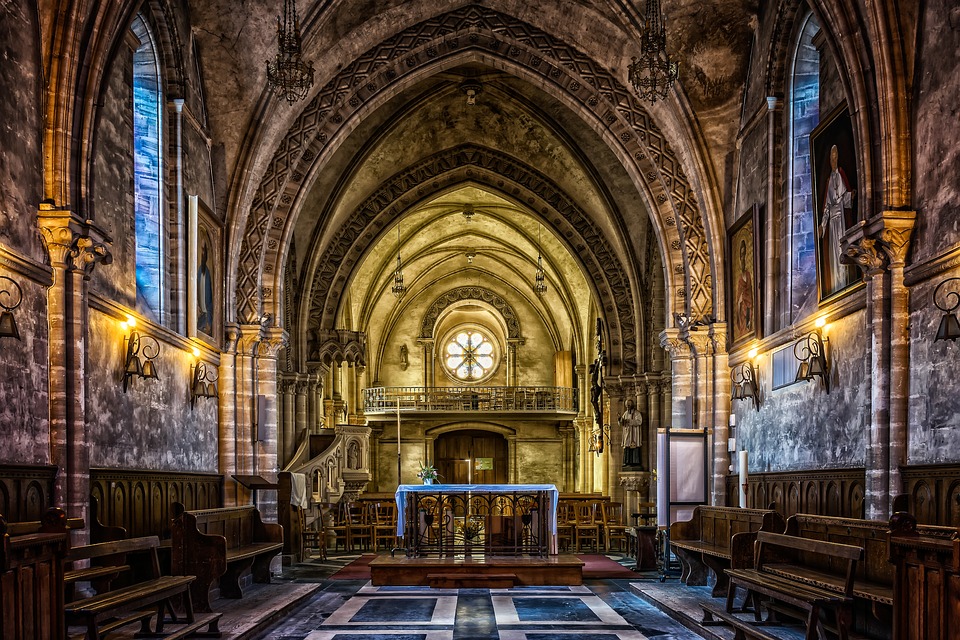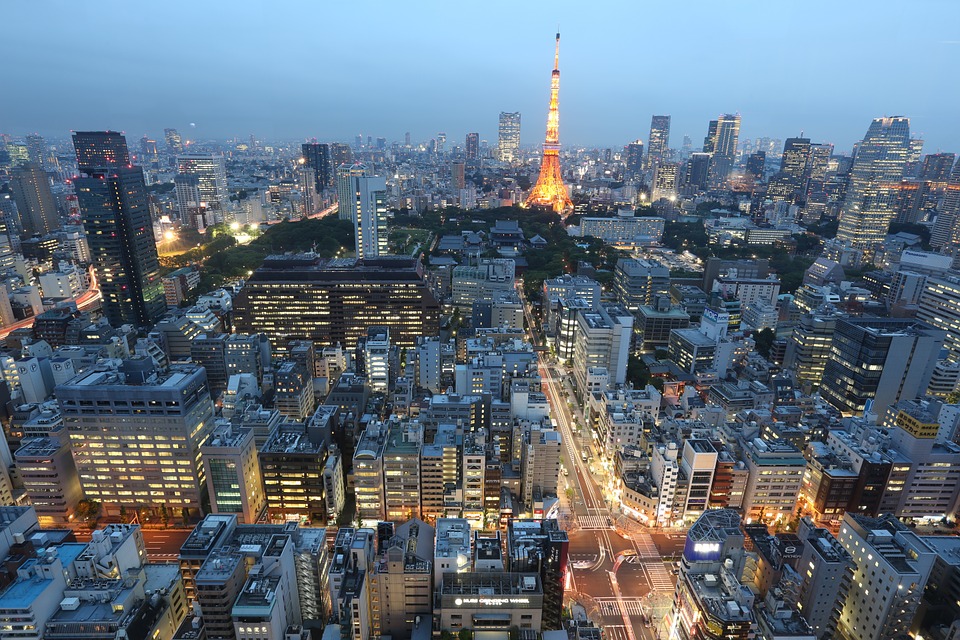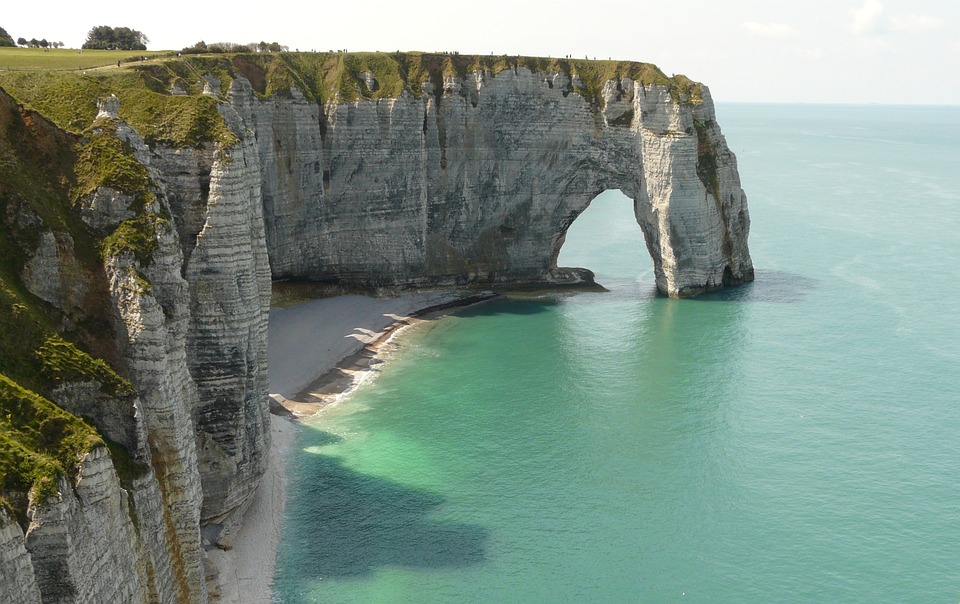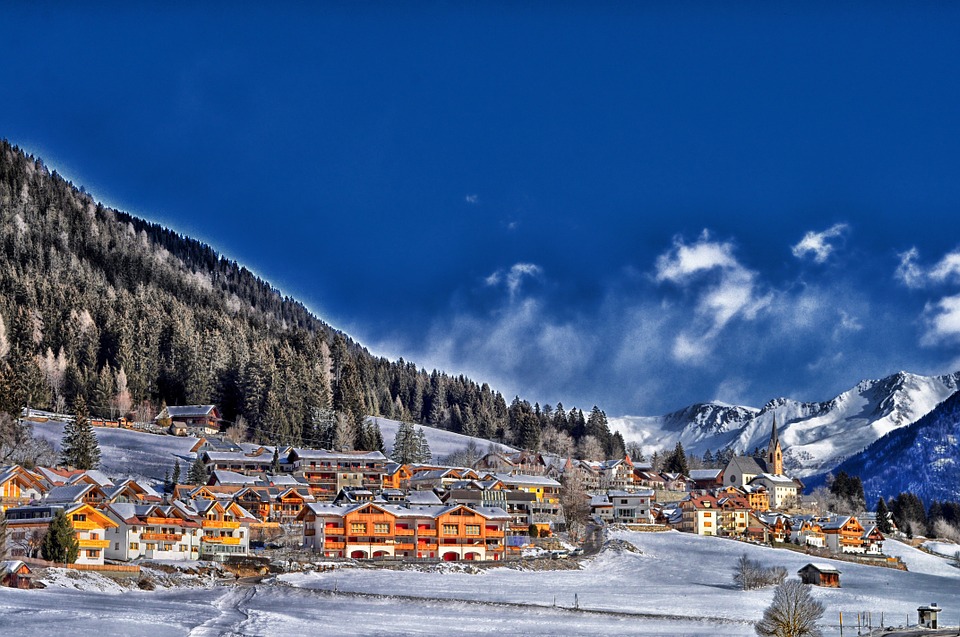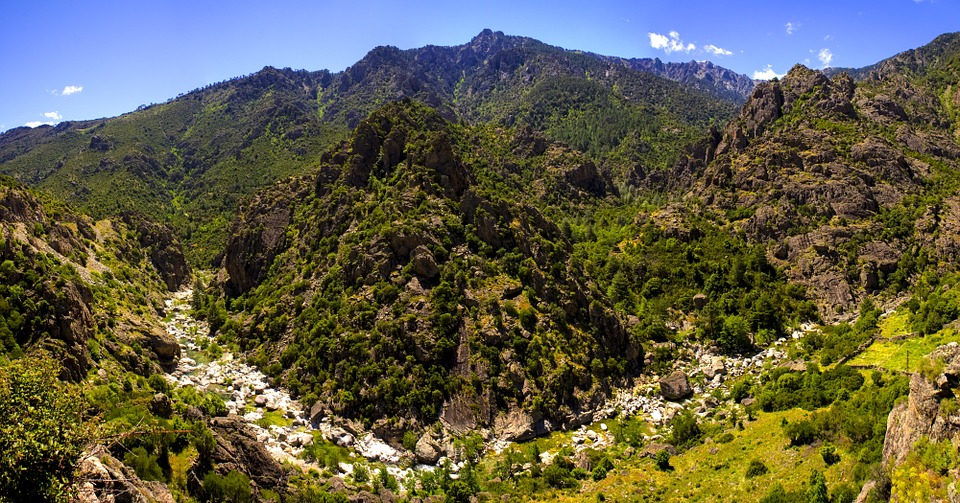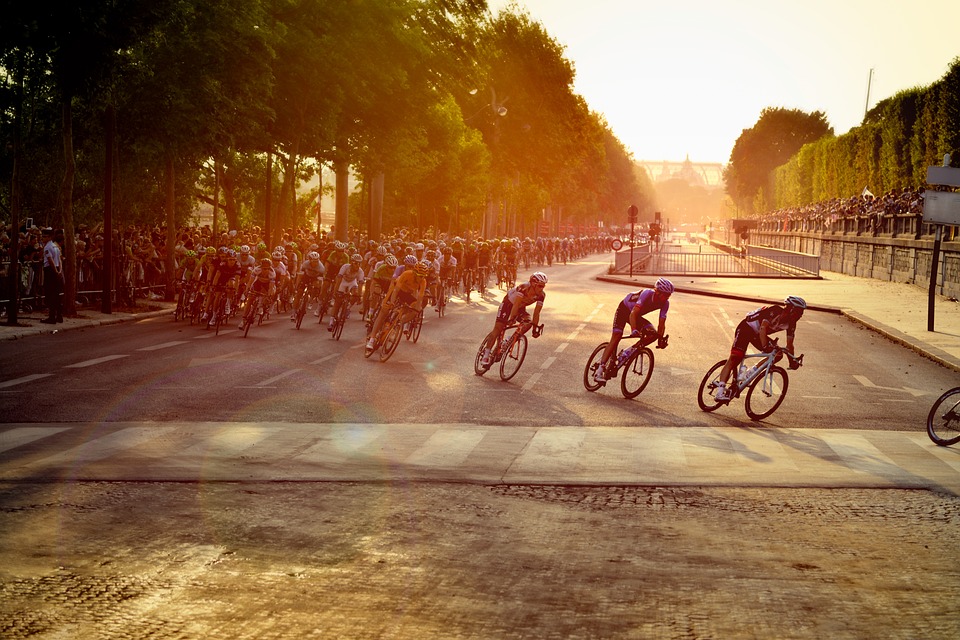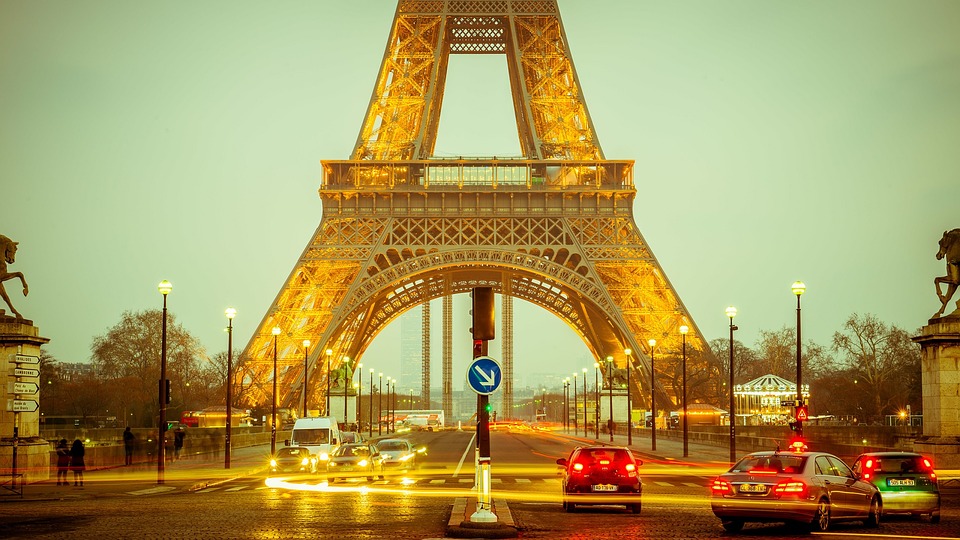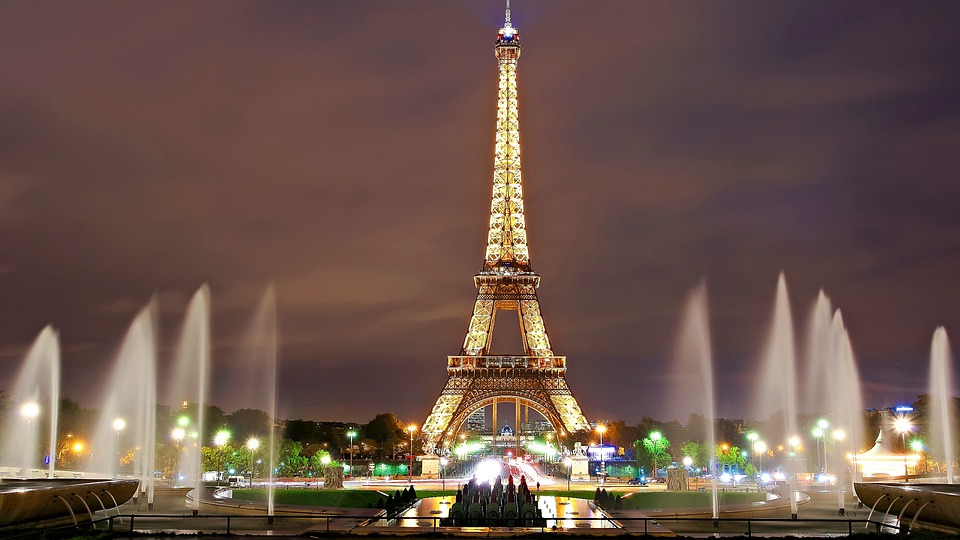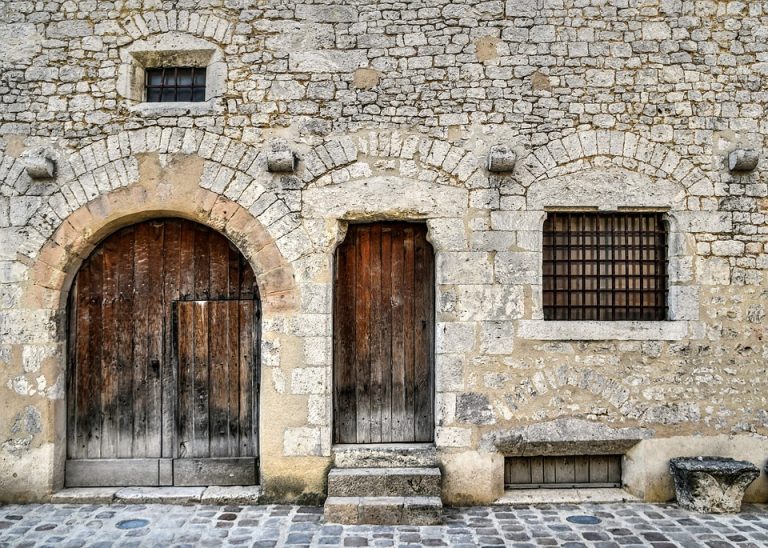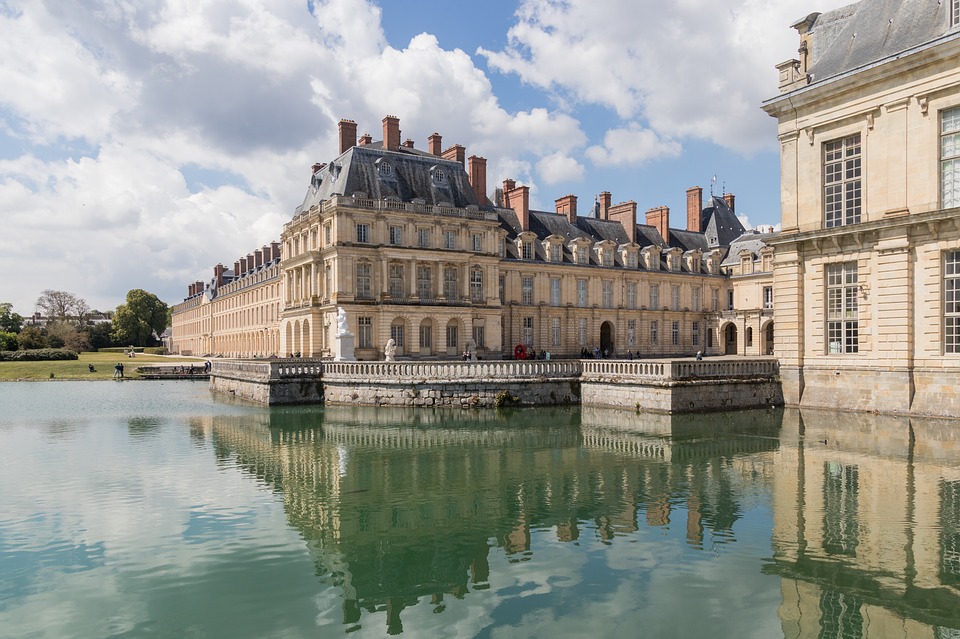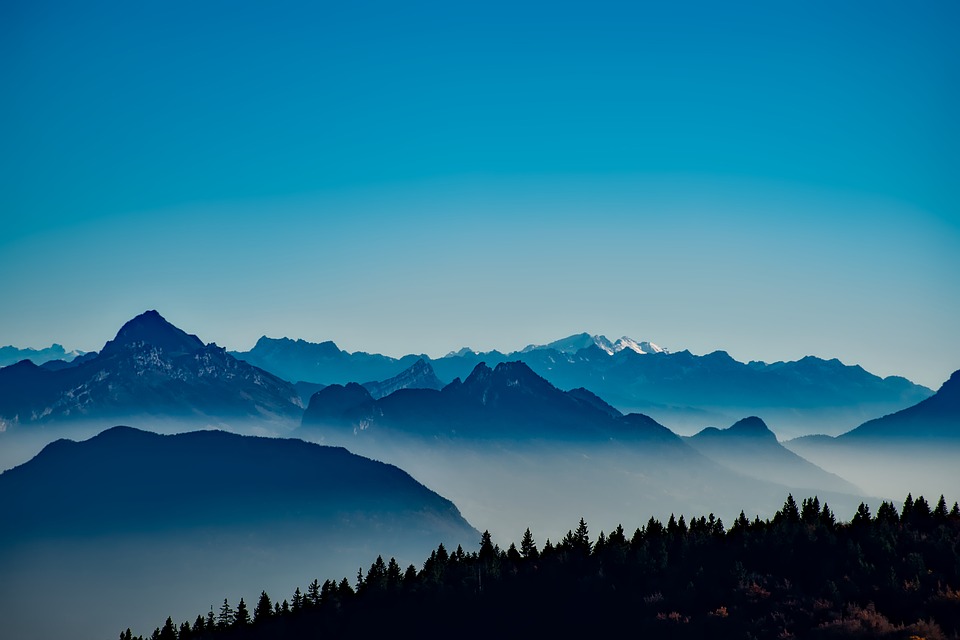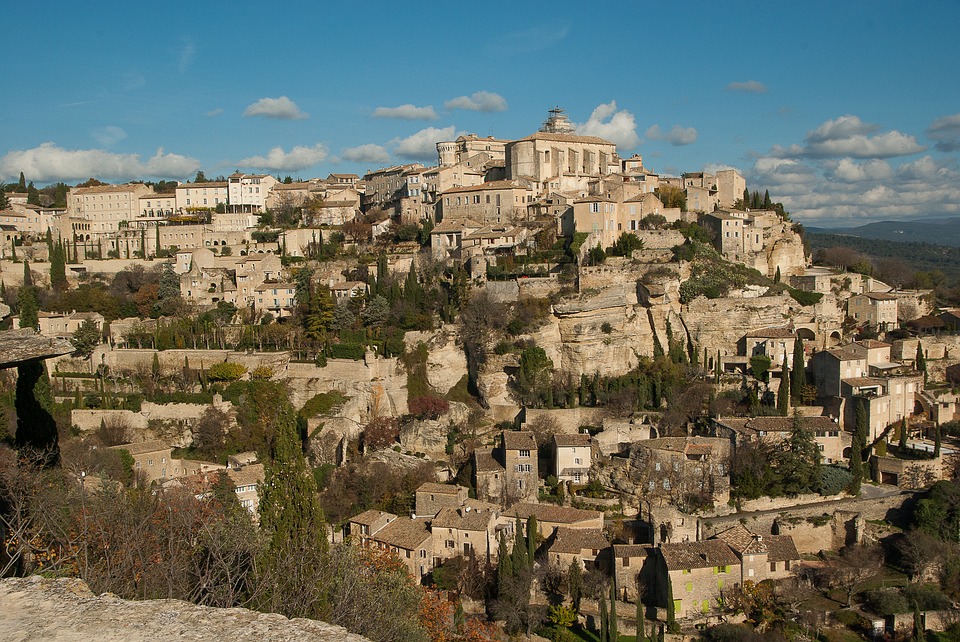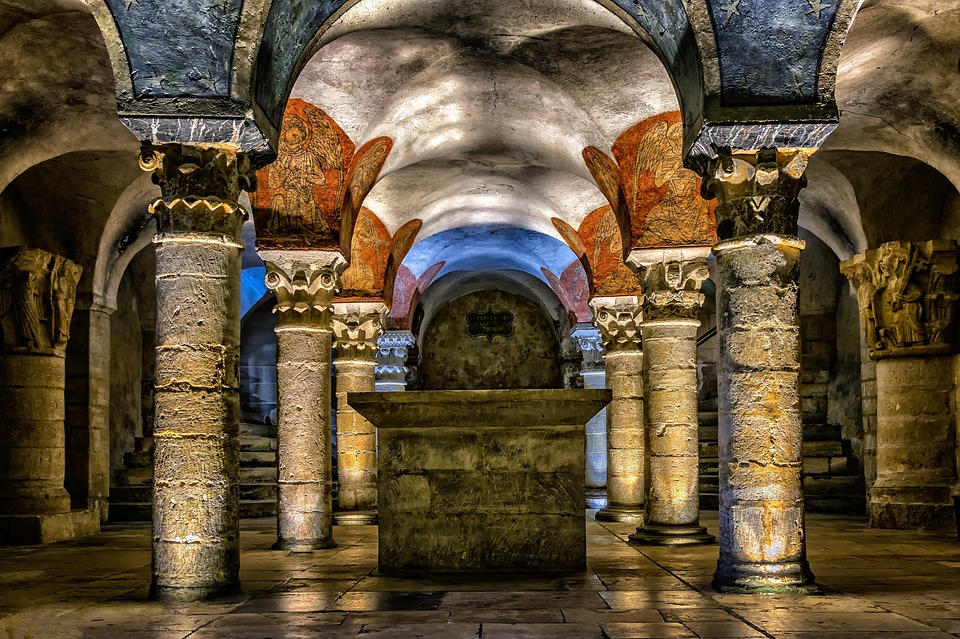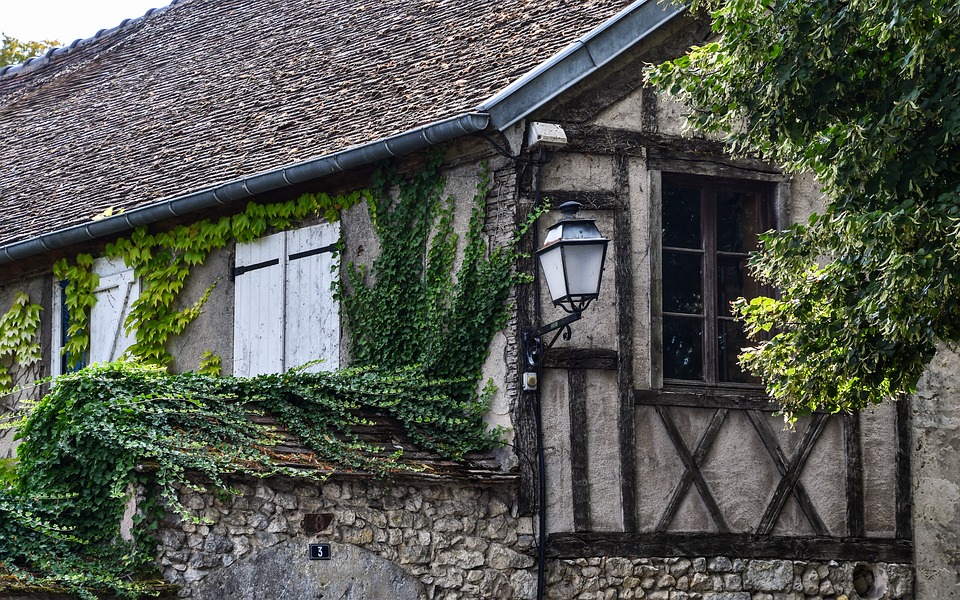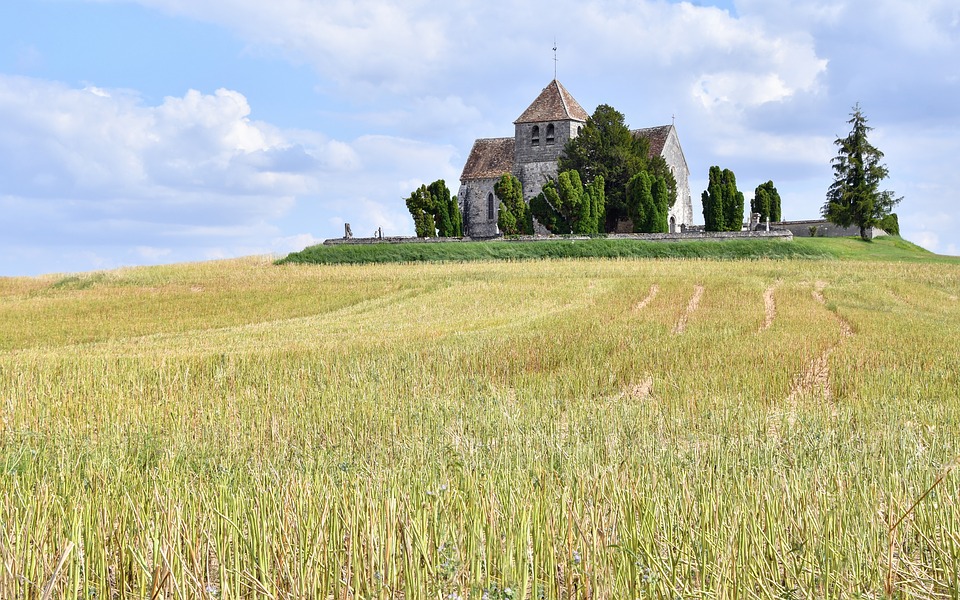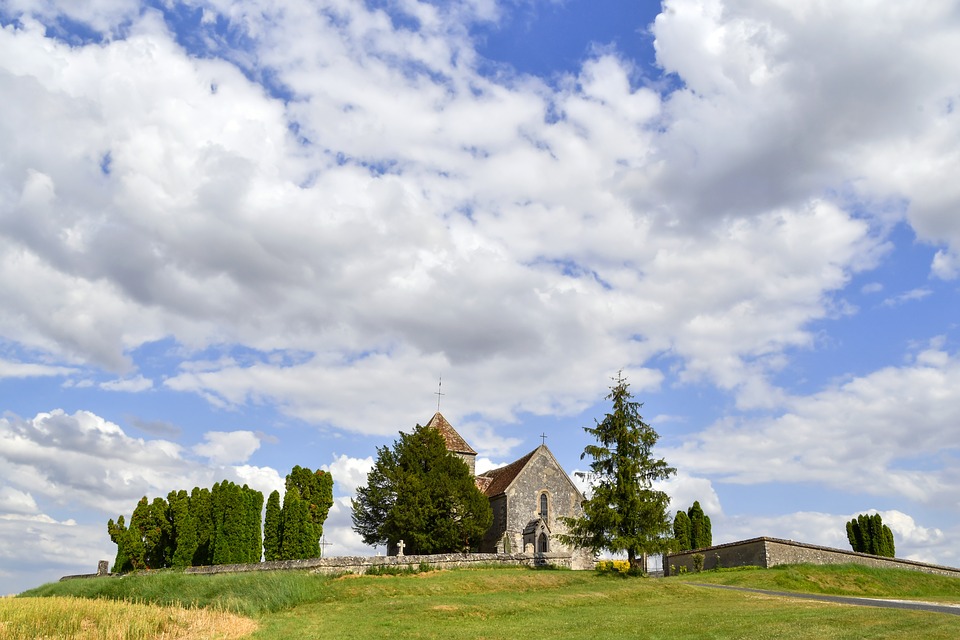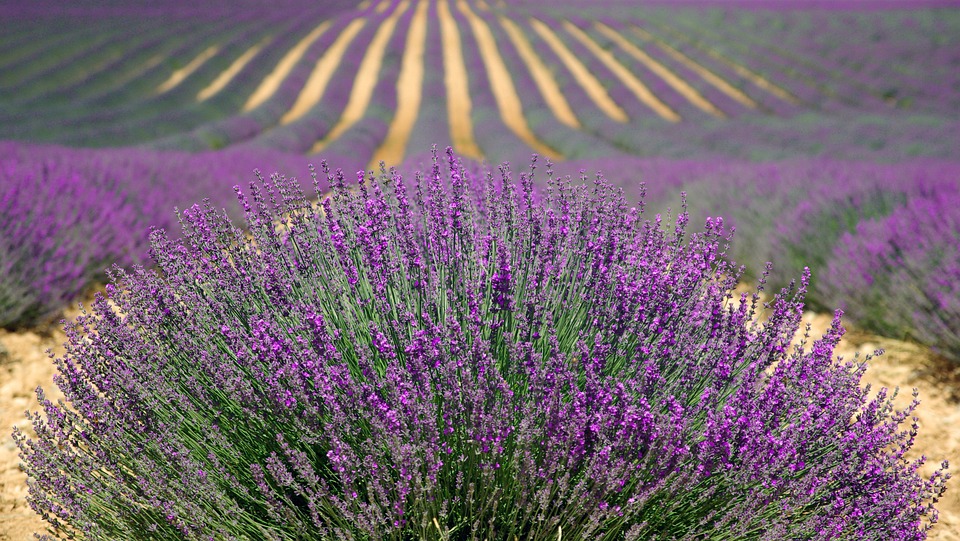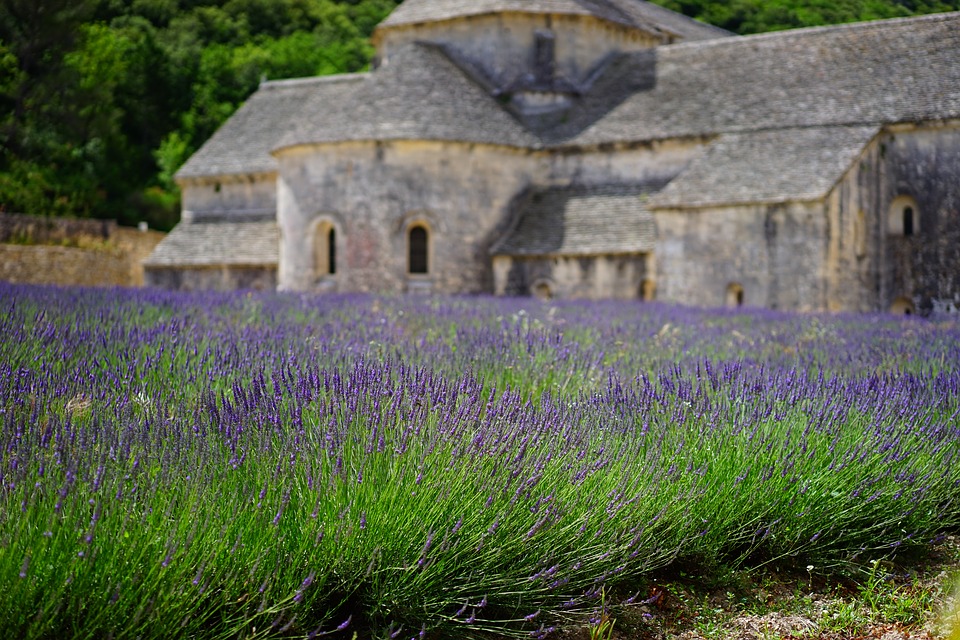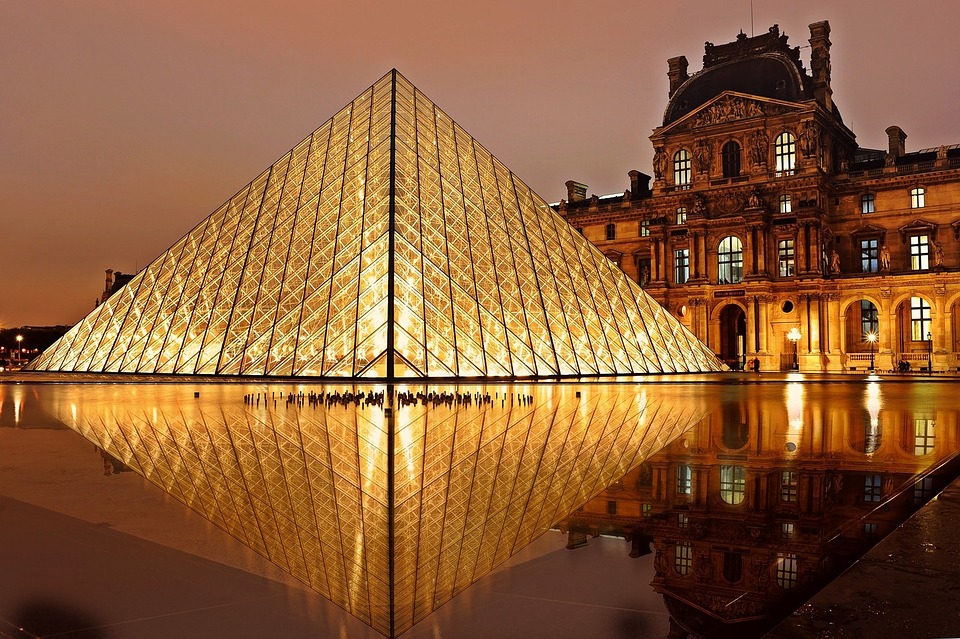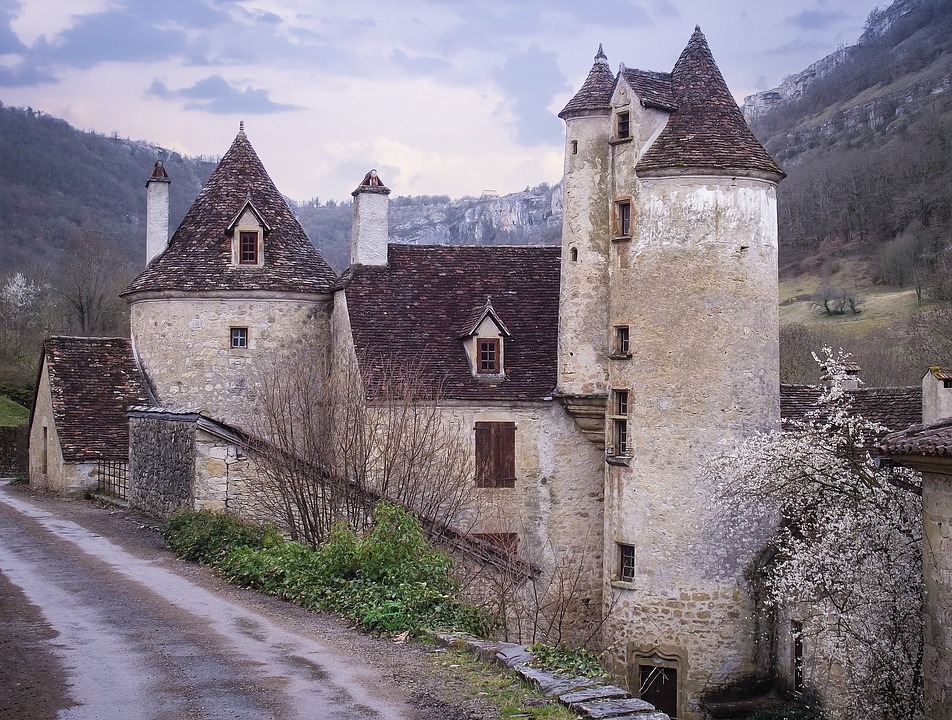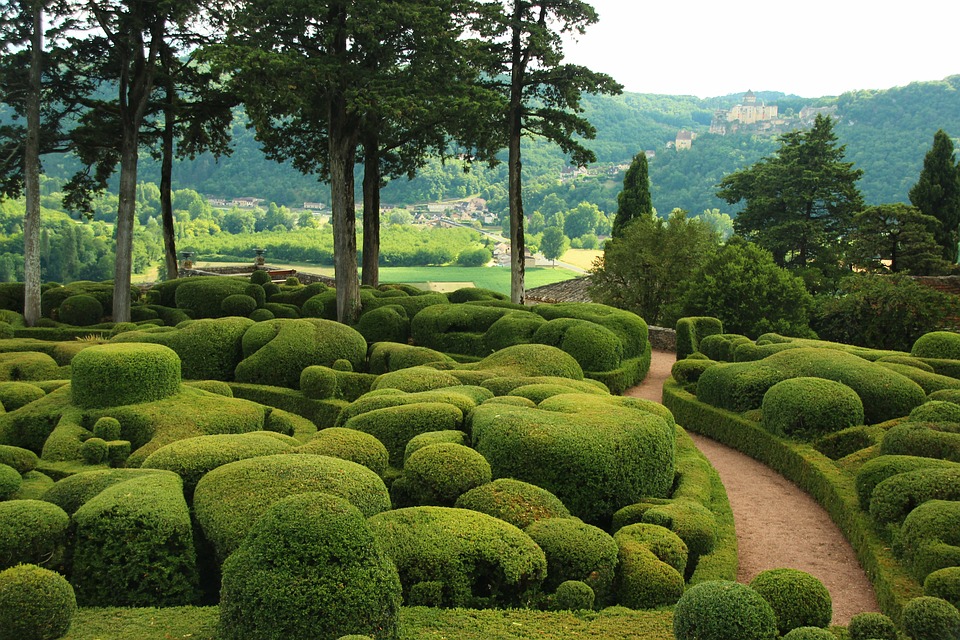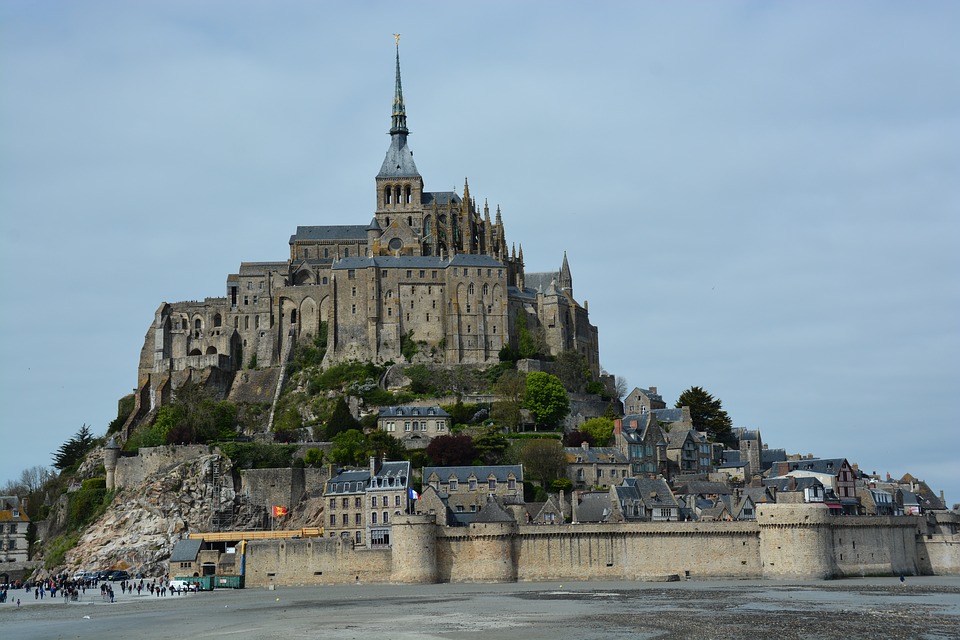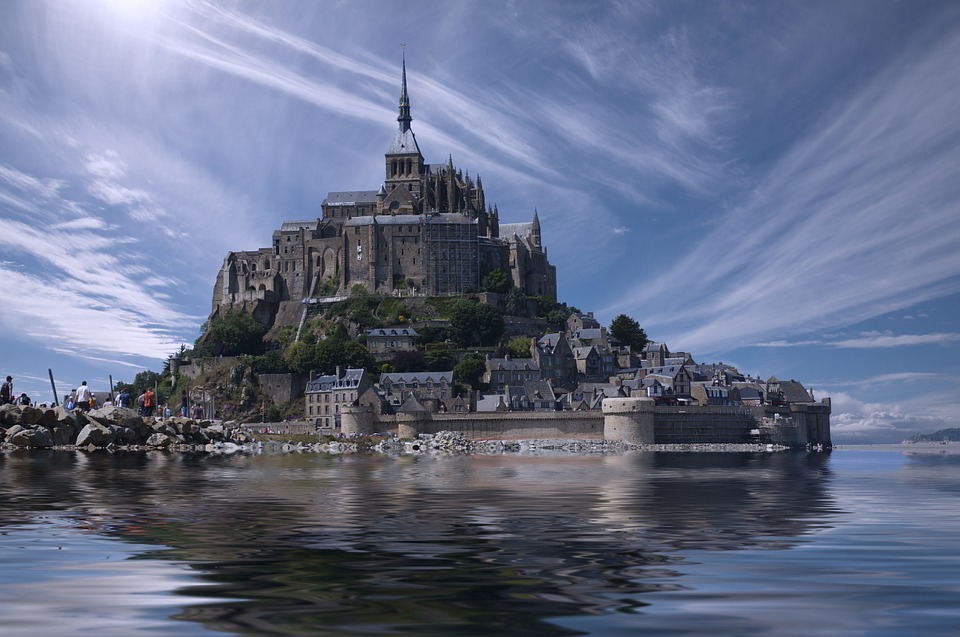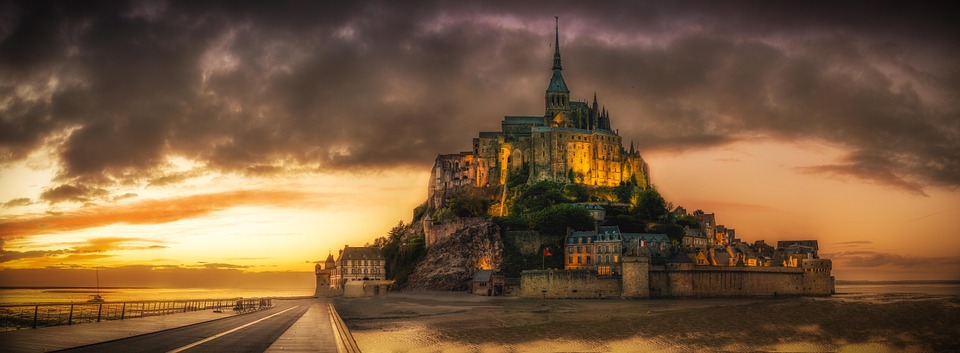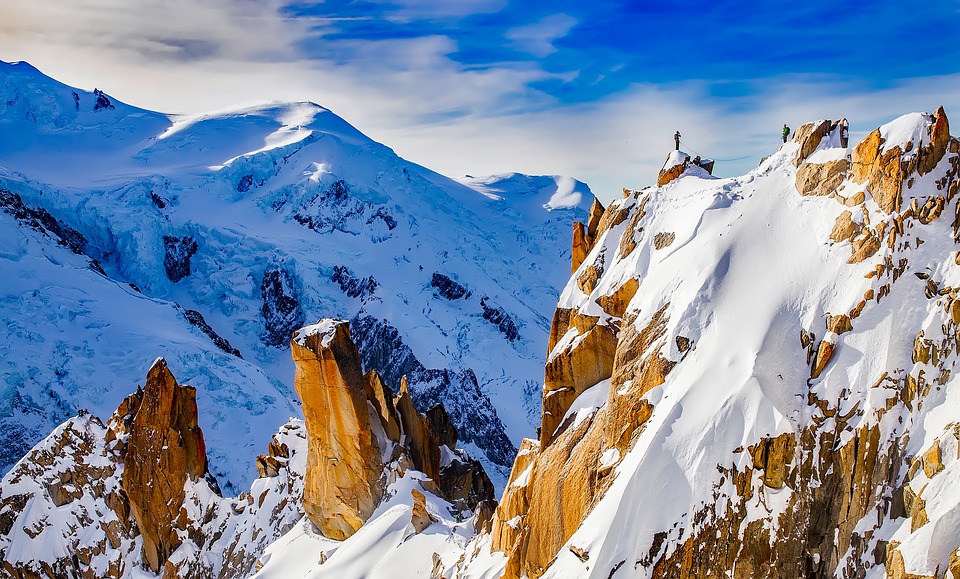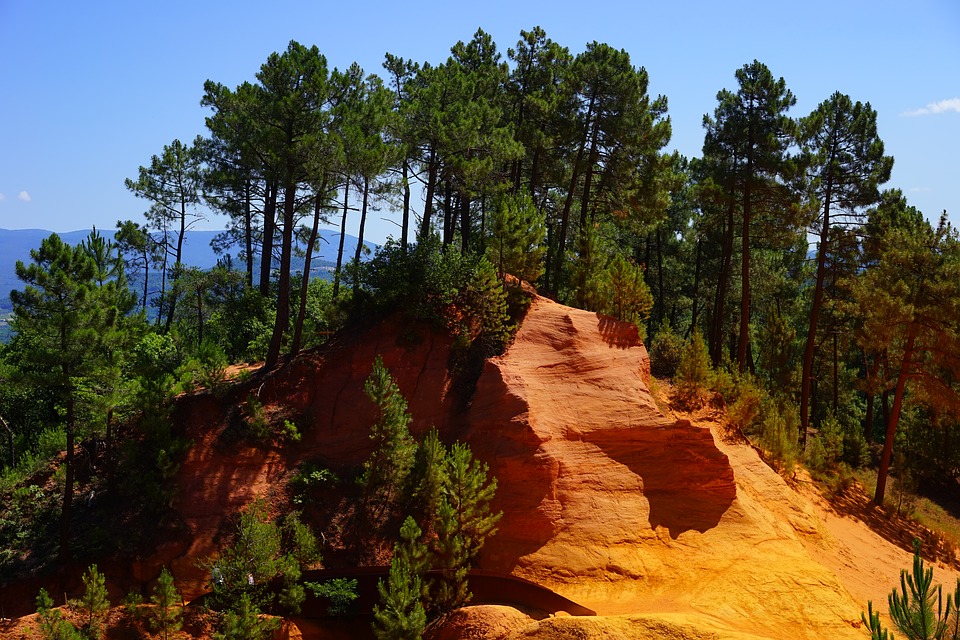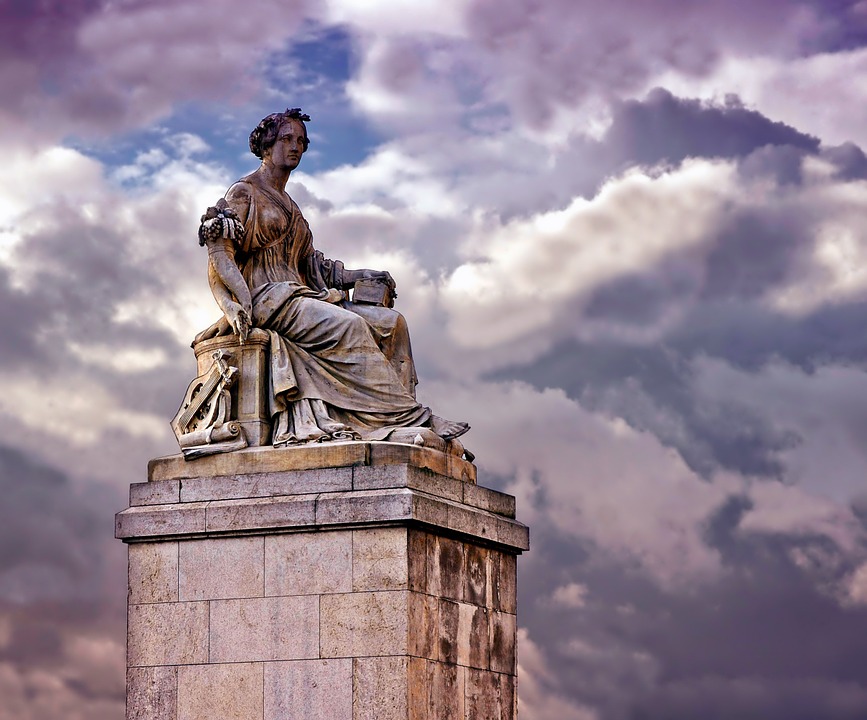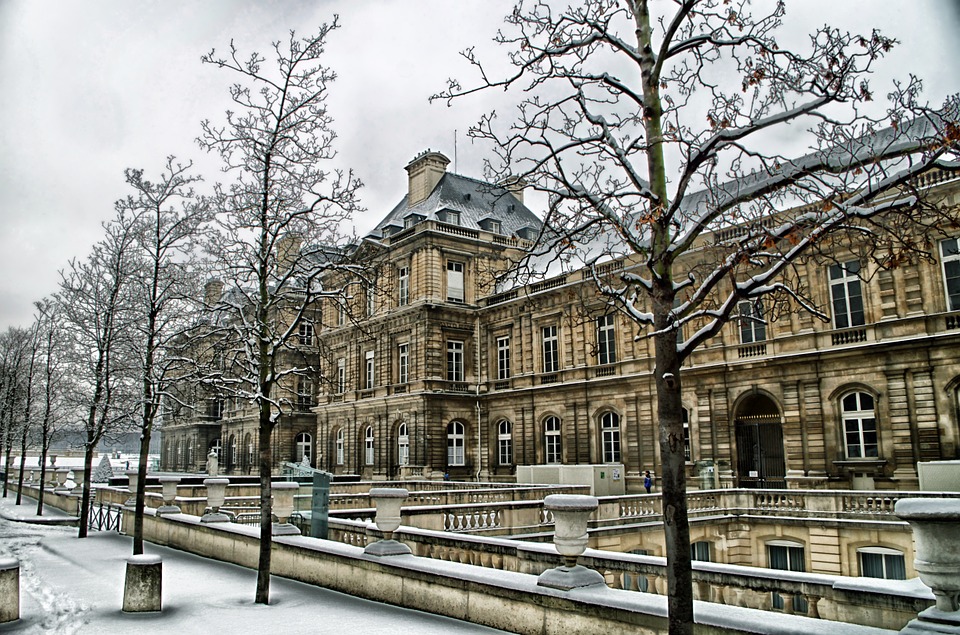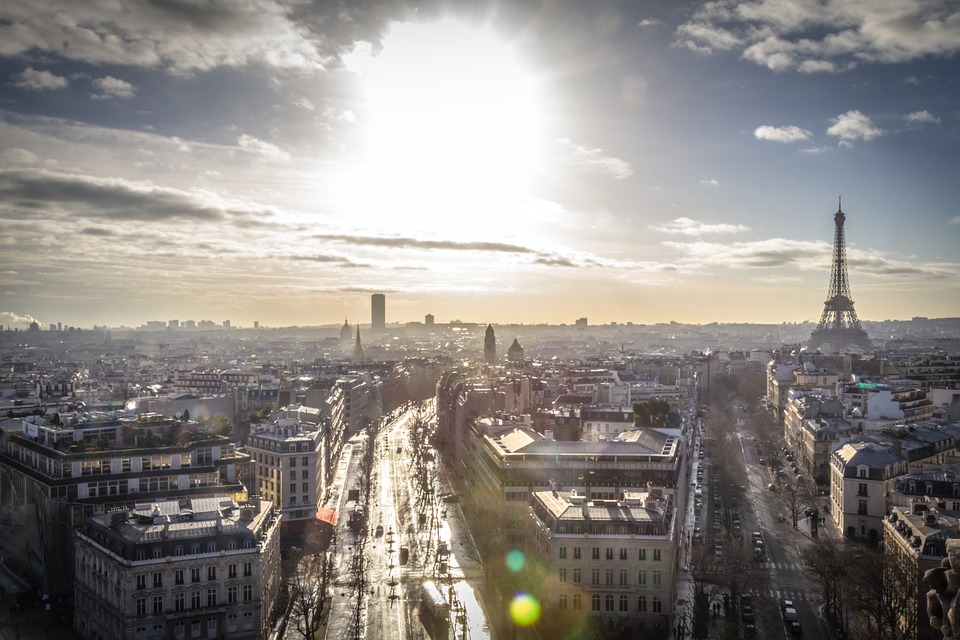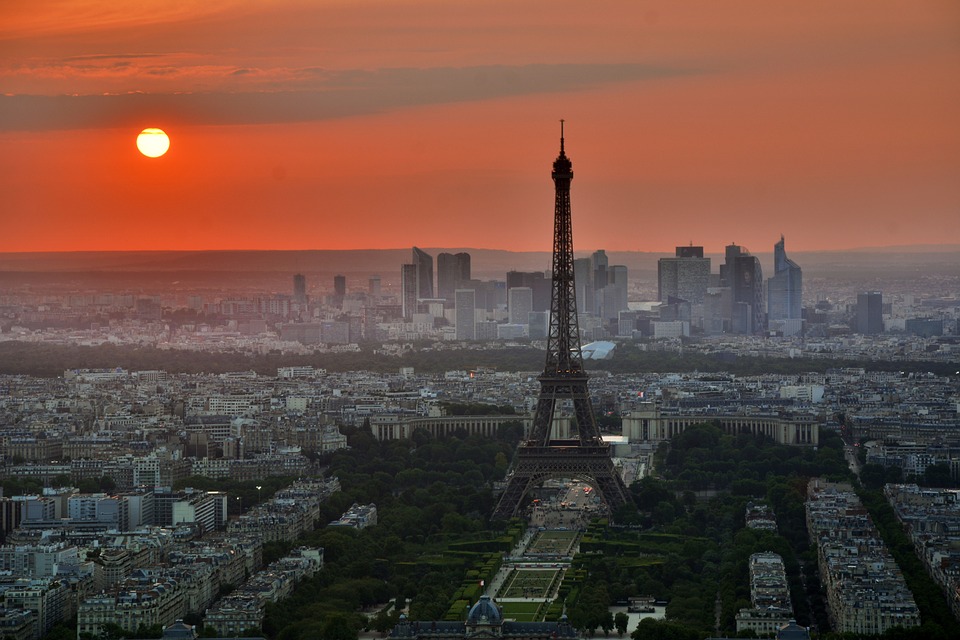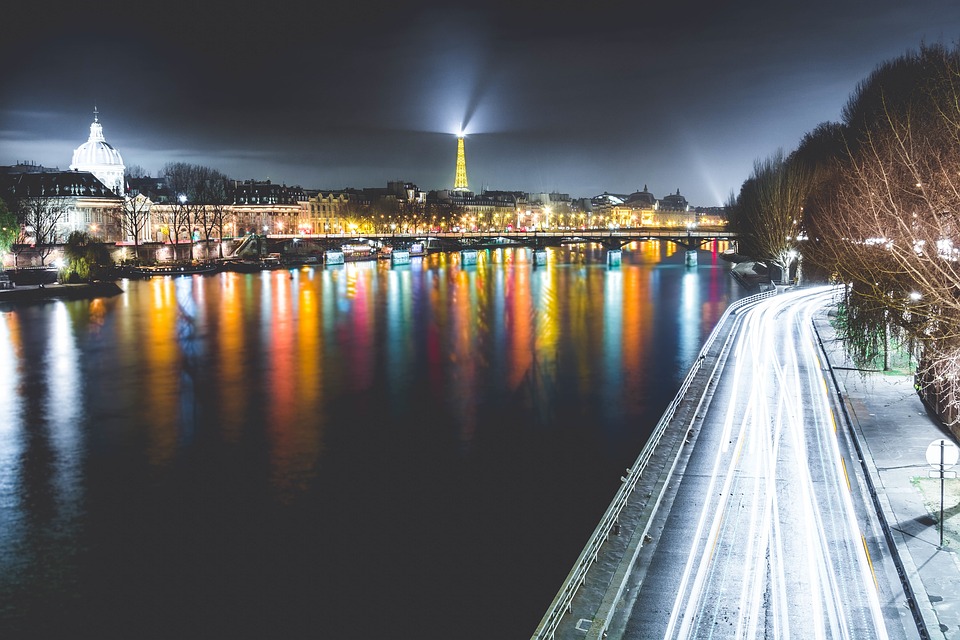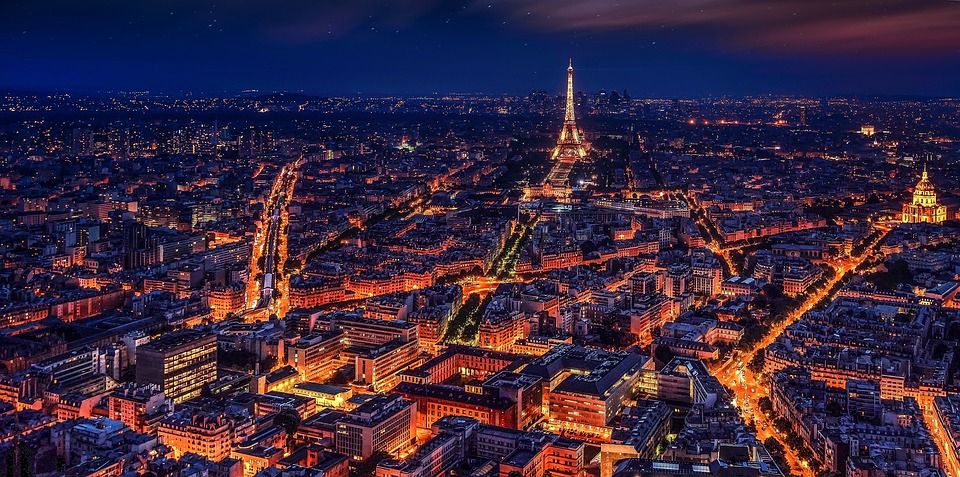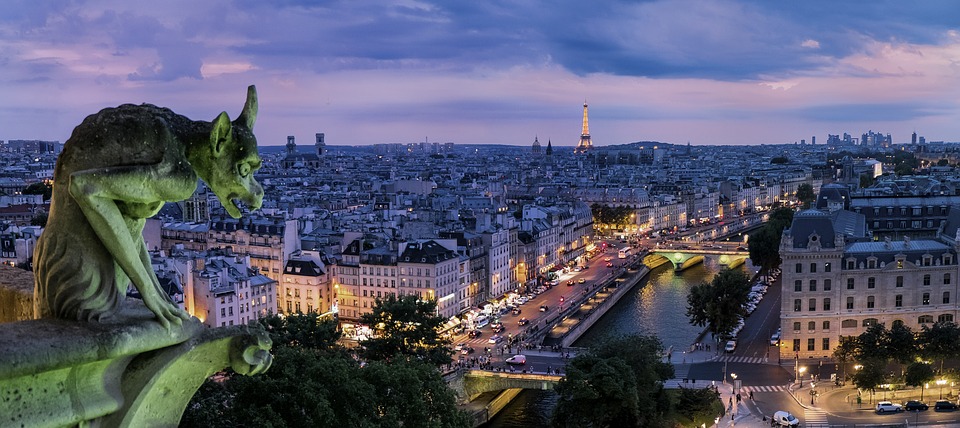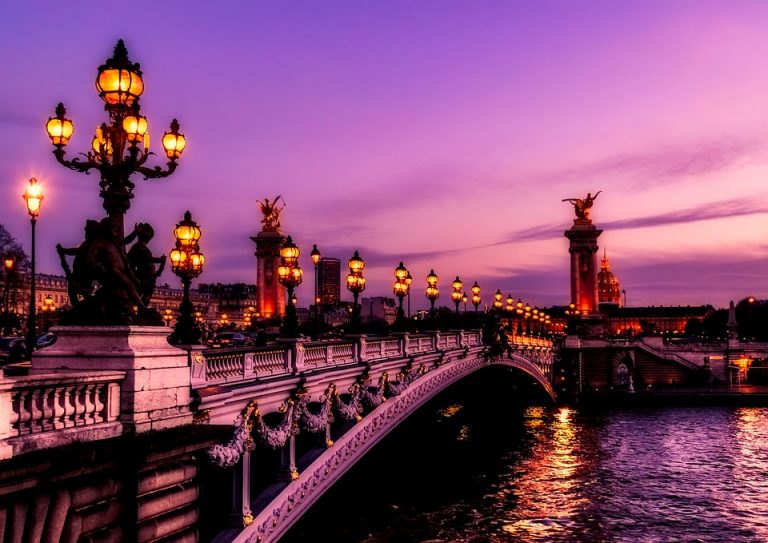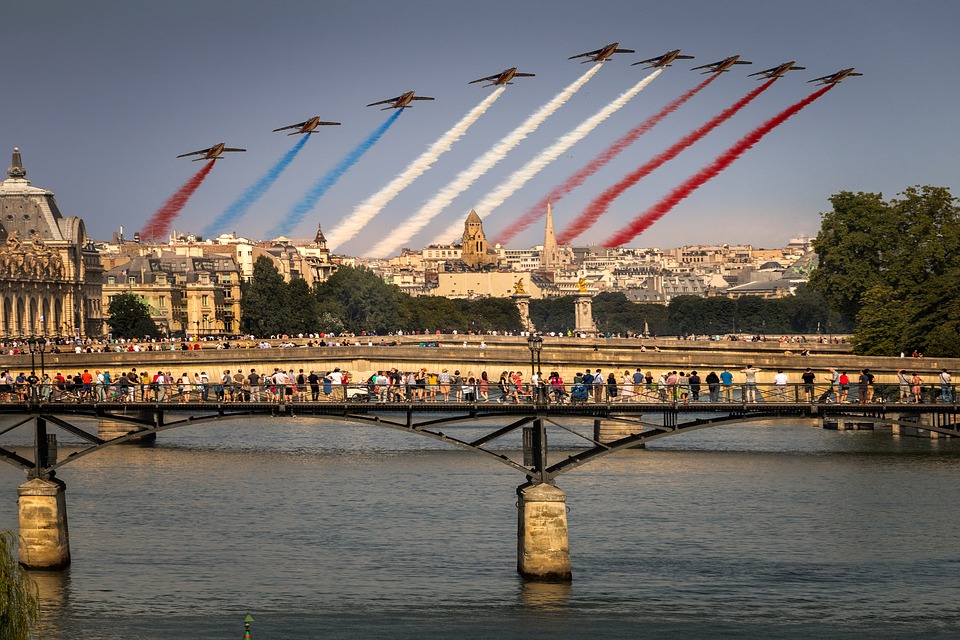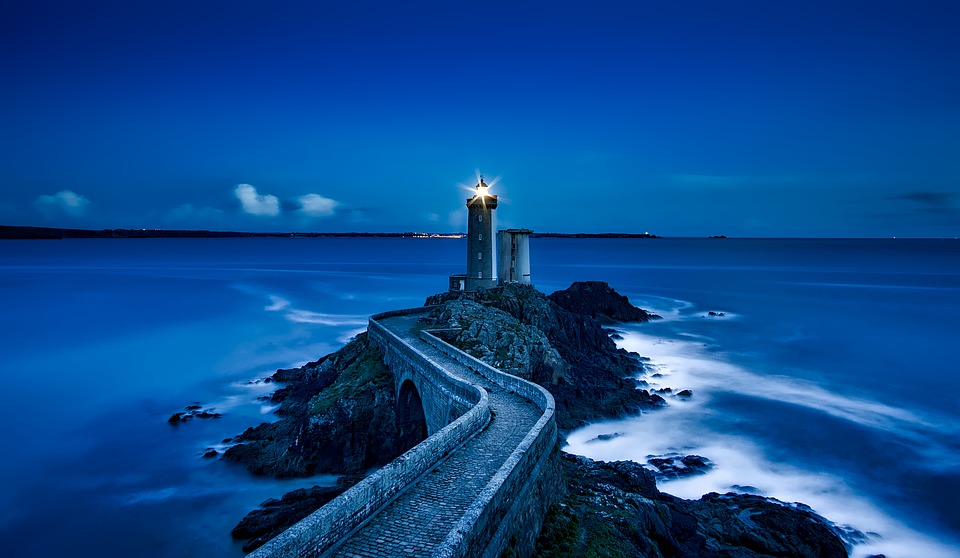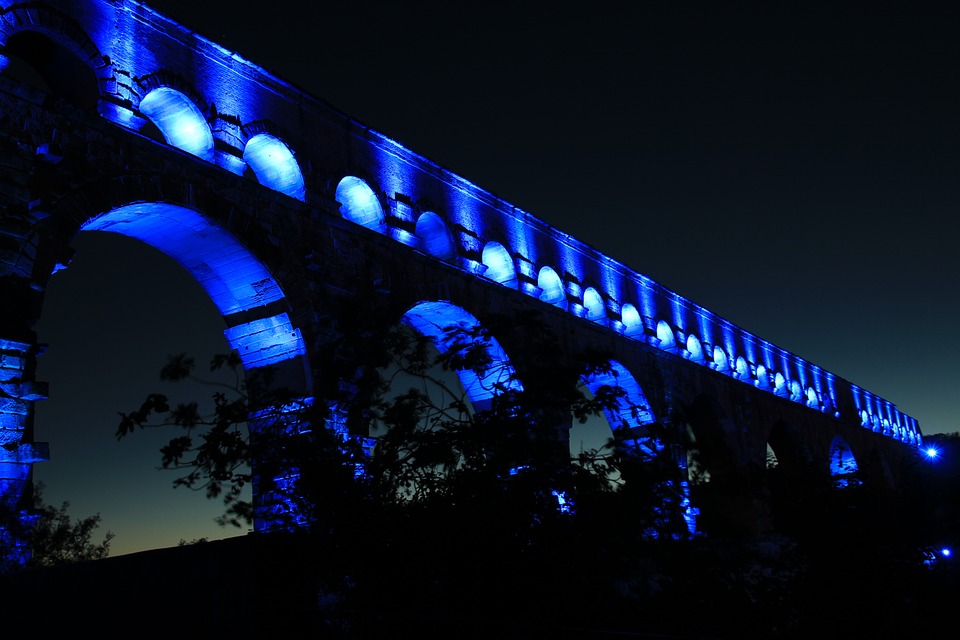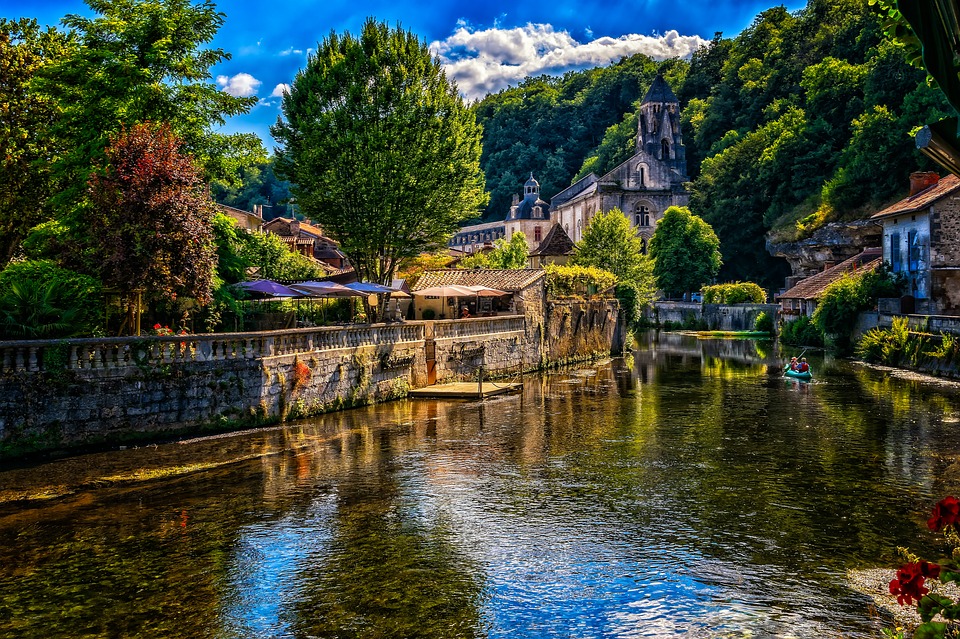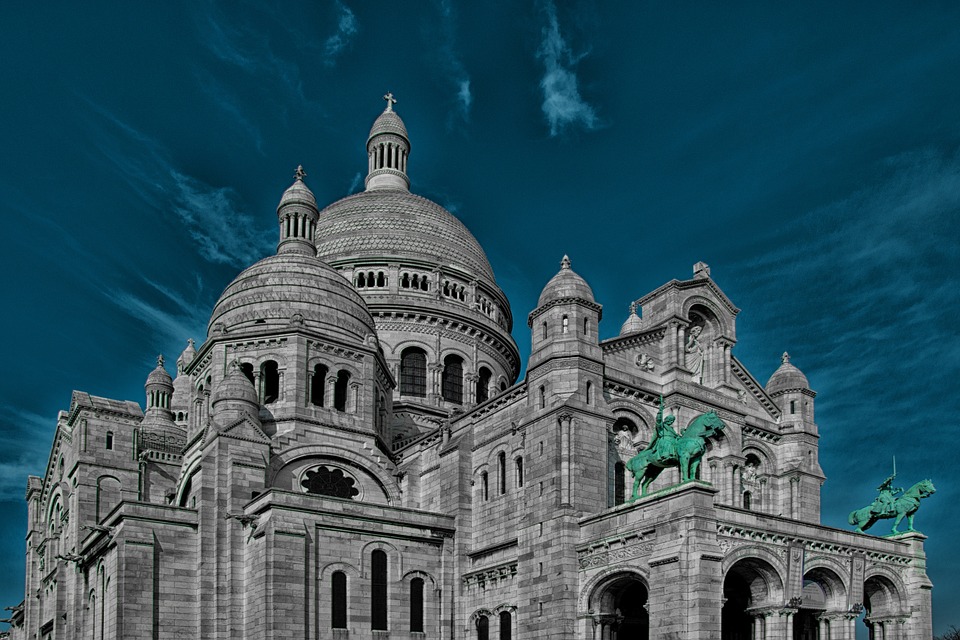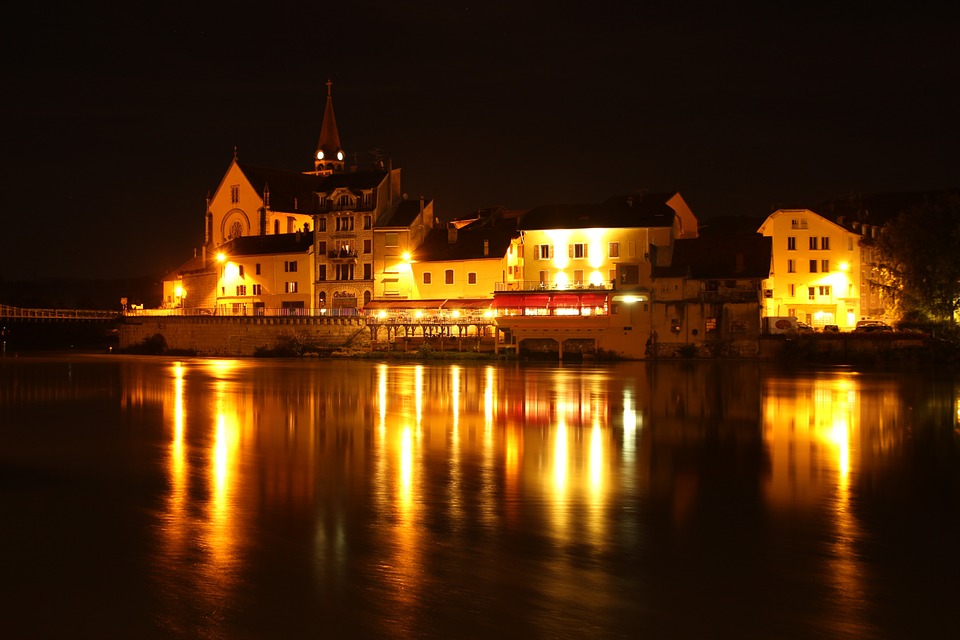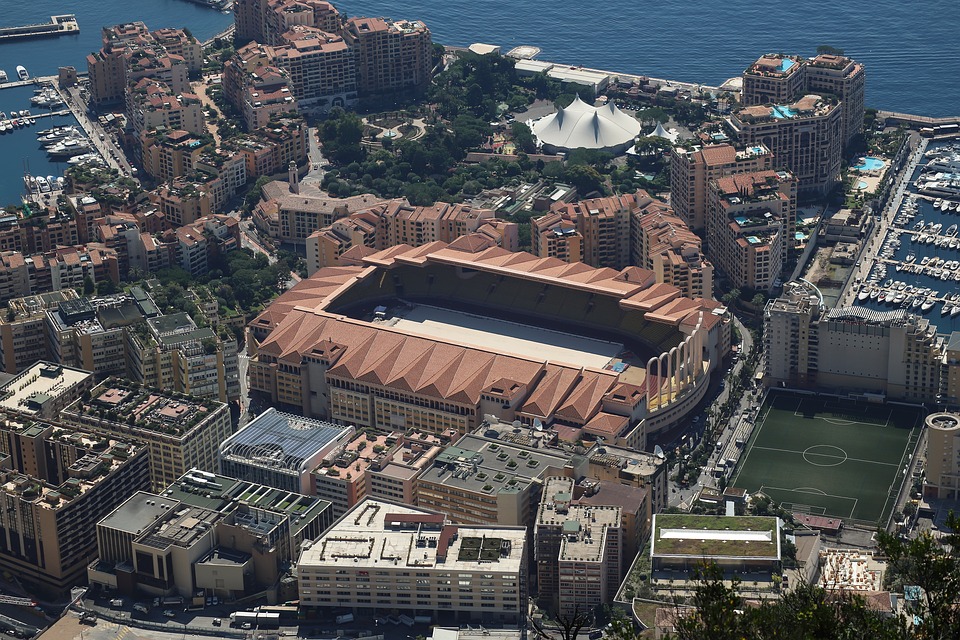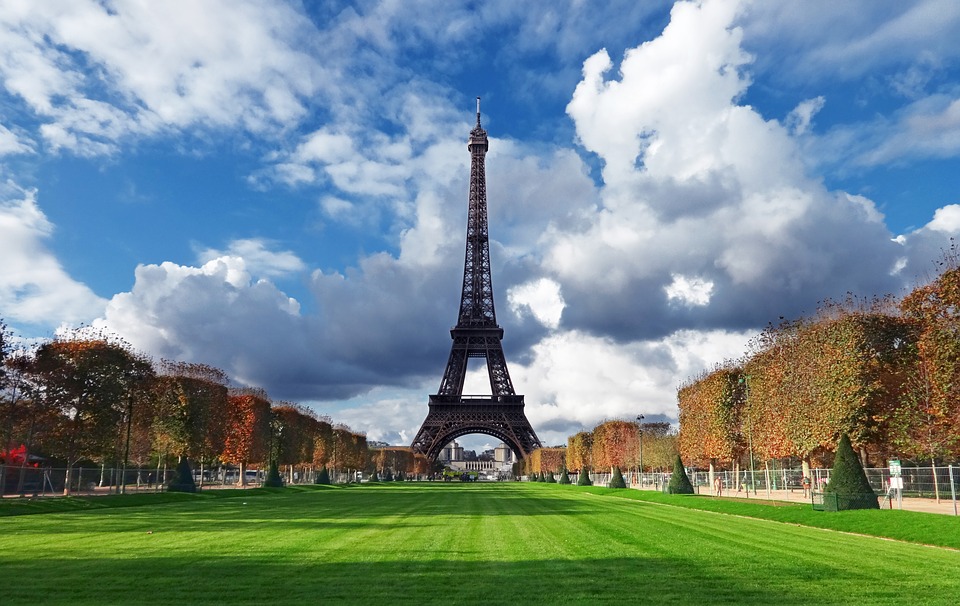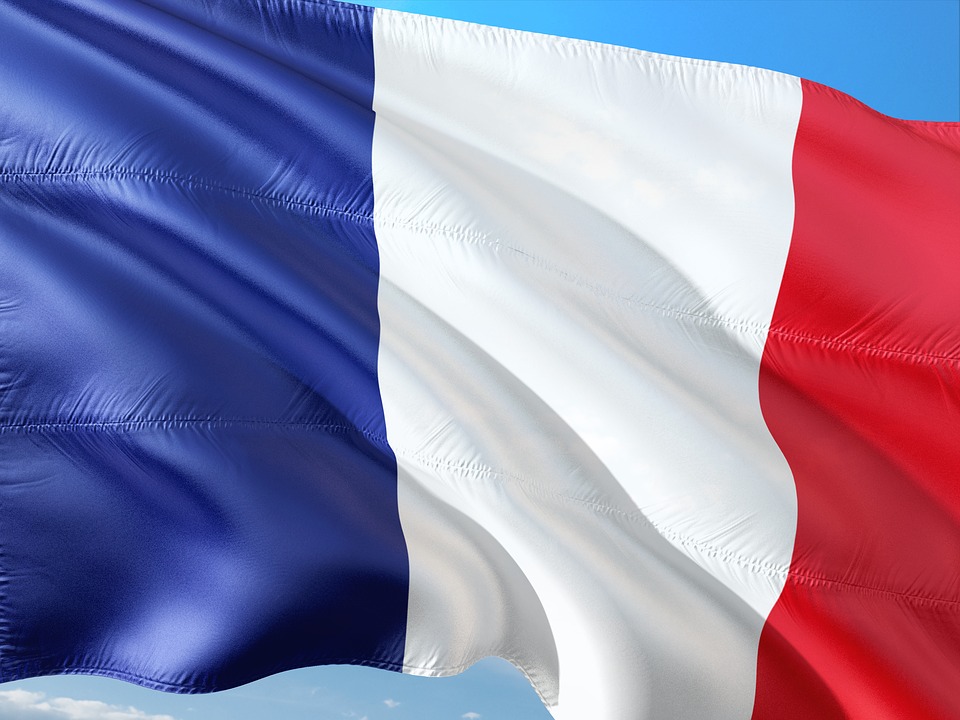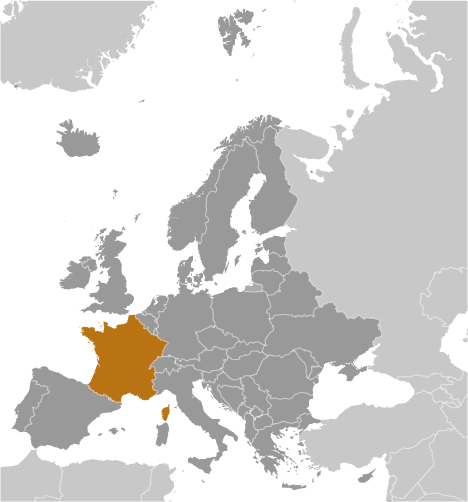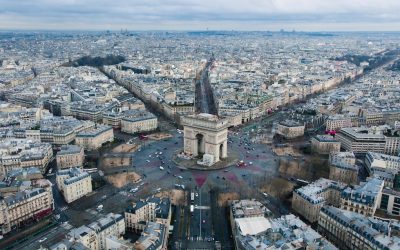France
(République Française (French Republic)

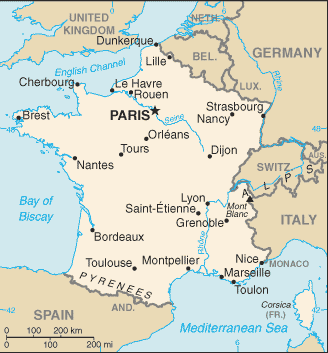
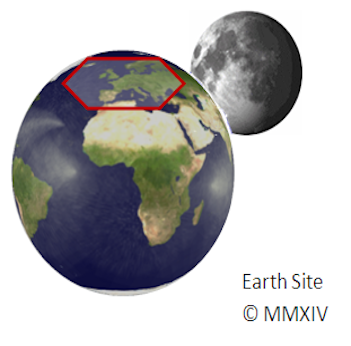
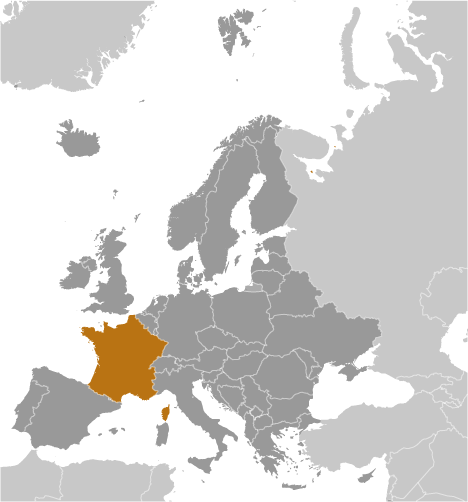
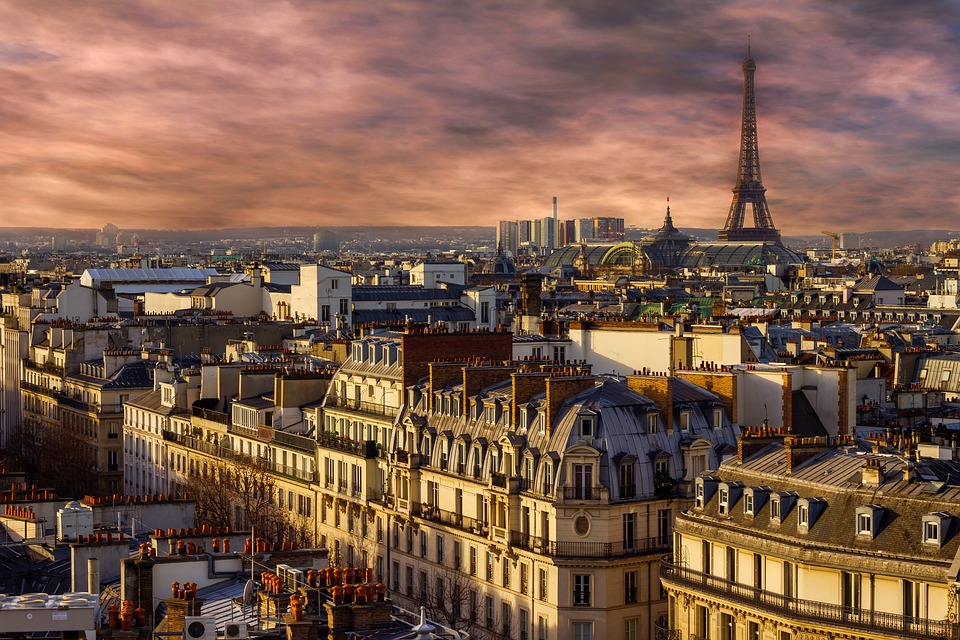
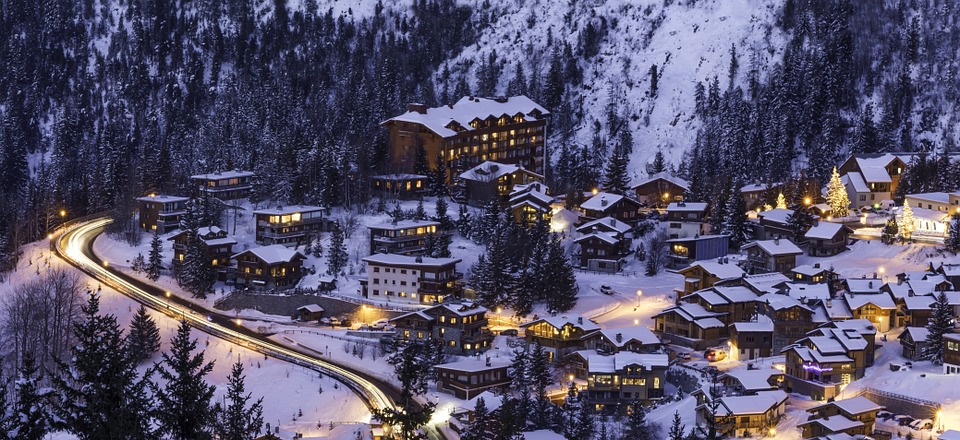
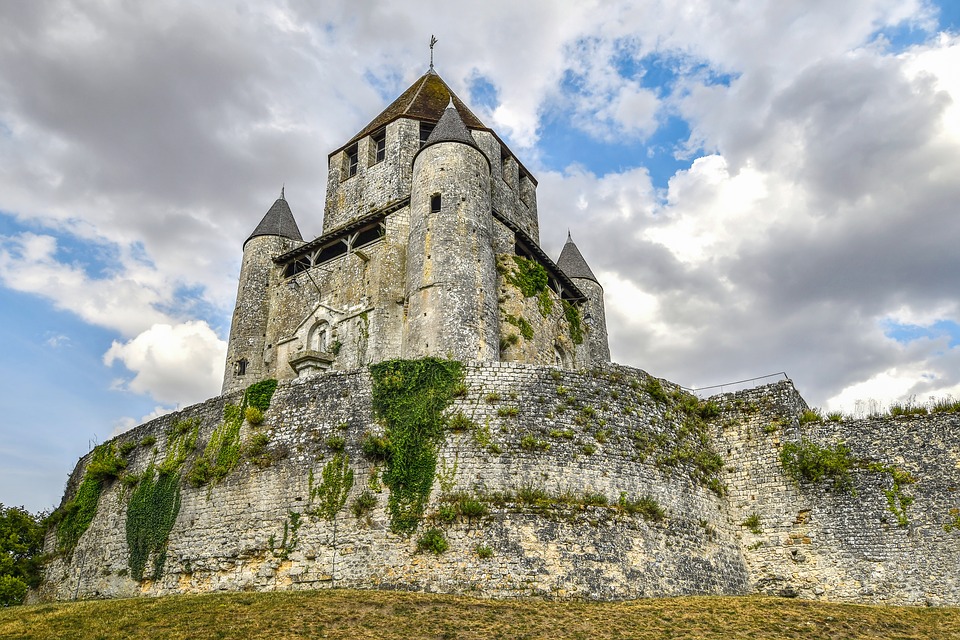
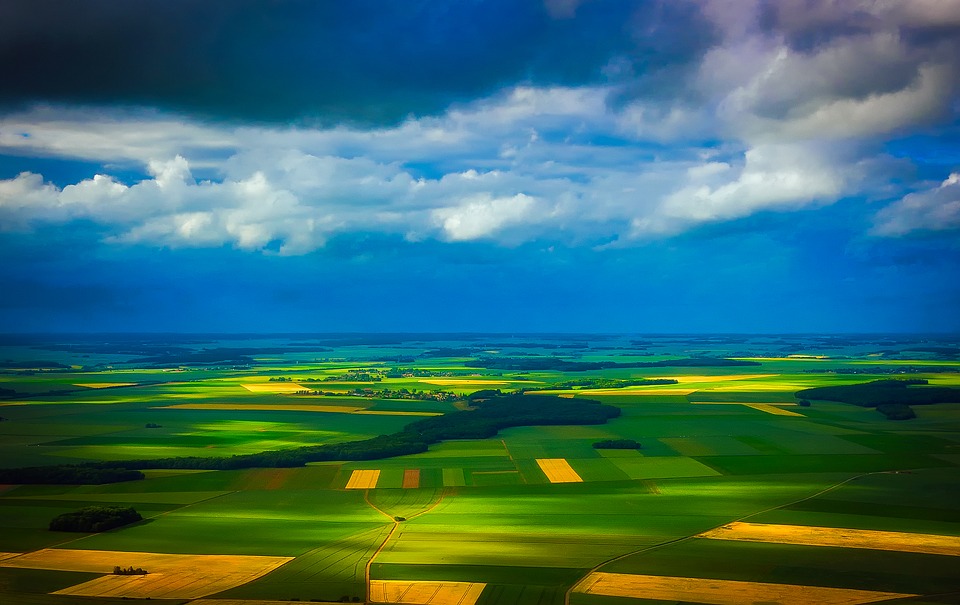
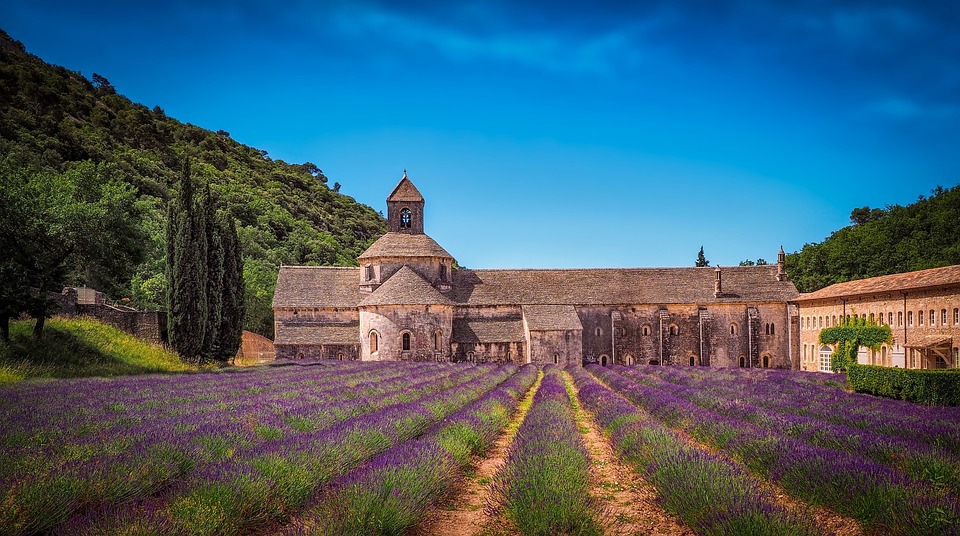
Capital of France: Paris
Population of France(Estimated July 2012): 62,814,233
Area: 543,965 km2 or 210,026 mi2
Currency: Euro (€)
Official Language: French
Political Information: Unitary Semi-Presidential Constitutional Republic
Official Religion: No Official Religion (approximately 83%-88% of the population are Roman Catholic, 2% are Protestant, 1% are Jewish, 5%-10% are Muslim and 4% have other religious beliefs)
Highest Mountain: Mont Blanc 4,810m or 15,781 ft
Longest River: The Loire at 1,012 km or 629mi
GDP Official Exchange Rate (OER is more precise at gauging a countries economic power)
(Estimated 2011): $2.808 trillion (US$) or (GBP)
GDP (OER) Per Capita (per member of the population estimated 2011): (US$) or (GBP)
GDP Purchasing Power Parity (PPP is good for gauging living conditions and use of resources but not as accurate as OER. This data has been calculated based on the sum value of all goods and services produced in the country valued at prices prevailing in the United States)
(Estimated 2011): $2.214 trillion (US$) or (GBP)
GDP (PPP) Per Capita (per member of the population estimated 2011): $35,000 (US$) or (GBP)
Time Zone (GMT/UTC): +1:00
Counties/Provinces/States: 27 regions (regions, singular – region); Alsace, Aquitaine, Auvergne, Basse-Normandie (Lower Normandy), Bourgogne (Burgundy), Bretagne (Brittany), Centre, Champagne-Ardenne, Corse (Corsica), Franche-Comte, Guadeloupe, Guyane (French Guiana), Haute-Normandie (Upper Normandy), Ile-de-France, Languedoc-Roussillon, Limousin, Lorraine, Martinique, Mayotte, Midi-Pyrenees, Nord-Pas-de-Calais, Pays de la Loire, Picardie, Poitou-Charentes, Provence-Alpes-Cote d’Azur, Reunion, Rhone-Alpes
Leaders: President Emmanuel MACRON (since 14 May 2017) with Prime Minister Edouard PHILIPPE (since 15 May 2017).
Sources: CIA World Fact Book, Encyclopaedia Britannica.
France
France has a rich and diverse history that dates back to prehistoric times. The country has been inhabited by various Celtic tribes, the Romans, and the Franks, who gave the country its name. In the Middle Ages, France became a powerful kingdom under the rule of Charlemagne and later the Capetian dynasty. The Hundred Years’ War with England and the Renaissance period were significant events that shaped the country’s history. The French Revolution in 1789 marked a turning point in the country’s history, leading to the end of the monarchy and the establishment of the First Republic. France has also played a significant role in both World Wars and has been a key player in European politics and culture.
France’s history is marked by periods of great cultural and artistic achievements, such as the Renaissance and the Age of Enlightenment. The country has been home to some of the world’s most influential writers, philosophers, and artists, including Voltaire, Rousseau, Molière, and Victor Hugo. The French Revolution also had a profound impact on the country’s political landscape, leading to the establishment of a democratic government and the declaration of human rights. Today, France is known for its rich cultural heritage, which is evident in its architecture, art, literature, and cuisine.
French Culture and Traditions
French culture is known for its sophistication, elegance, and appreciation for the finer things in life. The French take great pride in their language, art, and cuisine, and these elements are deeply ingrained in their everyday lives. The country is also known for its fashion industry, with Paris being one of the fashion capitals of the world. French people are known for their love of good food and wine, and dining is an important social activity in France. The French also have a strong tradition of celebrating festivals and holidays, such as Bastille Day, Christmas, and Easter.
The French are also known for their love of art and literature. The country has produced some of the world’s most renowned artists, including Claude Monet, Edgar Degas, and Auguste Rodin. French literature has also made a significant impact on the world, with authors such as Marcel Proust, Albert Camus, and Simone de Beauvoir. French cinema is also highly regarded, with directors such as François Truffaut, Jean-Luc Godard, and Agnès Varda making significant contributions to the industry. Overall, French culture is characterised by its appreciation for beauty, art, and intellectual pursuits.
Famous Landmarks in France
France is home to some of the world’s most iconic landmarks, many of which are located in Paris. The Eiffel Tower is perhaps the most famous symbol of France and is visited by millions of tourists each year. The Louvre Museum is another must-see attraction, housing some of the world’s most famous works of art, including the Mona Lisa and the Venus de Milo. The Notre-Dame Cathedral is a stunning example of French Gothic architecture and is a UNESCO World Heritage site. Other notable landmarks in Paris include the Arc de Triomphe, the Champs-Élysées, and the Palace of Versailles.
Outside of Paris, France is home to many other famous landmarks. The Mont Saint-Michel is a breathtaking island commune with a medieval abbey perched on top. The Palace of Fontainebleau is another impressive royal château that has been home to many French monarchs over the centuries. The French Riviera is known for its stunning coastline and glamorous resorts, while the Loire Valley is famous for its picturesque châteaux and vineyards. Overall, France is a country rich in history and culture, with no shortage of iconic landmarks to explore.
French Cuisine and Wine
French cuisine is renowned for its exquisite flavours and meticulous preparation. The country’s culinary traditions have had a significant influence on global gastronomy, with dishes such as coq au vin, boeuf bourguignon, and ratatouille being enjoyed around the world. French cuisine is characterised by its use of fresh ingredients and careful attention to detail. The French take great pride in their food and dining experiences, with meals often being enjoyed over several courses accompanied by good wine and lively conversation.
France is also famous for its wine production, with regions such as Bordeaux, Burgundy, and Champagne producing some of the world’s most prestigious wines. The country’s wine-making traditions date back to Roman times and have been refined over centuries. French wines are known for their complexity and diversity, with each region producing wines with unique characteristics. Wine is an integral part of French culture and is often enjoyed with meals or during social gatherings. Overall, French cuisine and wine are an essential part of the country’s cultural identity and are celebrated around the world.
The French Language
The French language is one of the most widely spoken languages in the world and is considered to be a language of love and romance. It is an official language in 29 countries and is spoken by millions of people around the globe. French is known for its melodious sound and elegant vocabulary, making it a popular choice for poetry, literature, and music. Learning French opens up opportunities to explore French culture and history while also providing access to a wealth of resources in various fields such as science, technology, business, and diplomacy.
French grammar can be complex at times but learning the language can be rewarding for those who are passionate about mastering it. There are many resources available for learning French, including language schools, online courses, and immersion programmes in France. The Alliance Française is a global network that promotes French language and culture through language classes and cultural events. Overall, learning French can be a fulfilling experience that opens doors to new opportunities and enriches one’s understanding of language and culture.
Regions of France
France is divided into 18 administrative regions, each with its own unique culture, traditions, and landscapes. The country’s regions offer a diverse range of experiences for visitors, from the sun-soaked beaches of the French Riviera to the picturesque vineyards of Bordeaux. The Provence-Alpes-Côte d’Azur region is known for its stunning coastline, vibrant cities such as Nice and Marseille, and charming hilltop villages. The Auvergne-Rhône-Alpes region is home to the majestic Alps mountain range and offers opportunities for skiing, hiking, and outdoor adventures.
The Brittany region is known for its rugged coastline, Celtic heritage, and delicious seafood cuisine. The Normandy region is famous for its historic D-Day beaches, charming towns such as Honfleur and Rouen, and iconic Mont Saint-Michel. The Occitanie region offers diverse landscapes ranging from Mediterranean beaches to mountainous terrain in the Pyrenees. Each region in France has its own distinct character and attractions, making it a fascinating country to explore.
Travel Tips for Visiting France
When visiting France, it’s important to be mindful of local customs and etiquette. The French take great pride in their language and appreciate it when visitors make an effort to speak a few words in French. It’s also important to be polite and respectful when interacting with locals, whether it’s in a restaurant or at a tourist attraction. When dining out in France, it’s customary to greet your server with a polite “bonjour” before placing your order.
France has an efficient public transportation system that makes it easy to get around the country. The TGV high-speed train network connects major cities such as Paris, Lyon, Marseille, and Bordeaux, while regional trains provide access to smaller towns and villages. Renting a car can also be a convenient way to explore rural areas and scenic countryside. When visiting popular tourist attractions such as the Eiffel Tower or the Louvre Museum, it’s advisable to book tickets in advance to avoid long queues.
In conclusion, France is a country with a rich history, vibrant culture, stunning landmarks, delicious cuisine, a beautiful language, diverse regions to explore, and plenty of travel tips to make your visit enjoyable. Whether you’re strolling through Paris’ charming streets or sipping wine in Bordeaux’s vineyards or exploring Normandy’s historic sites or skiing in the Alps or enjoying a beach holiday on the French Riviera – there’s something for everyone in this captivating country.
FAQs
What is the capital of France?
The capital of France is Paris.
What is the population of France?
As of 2021, the population of France is approximately 67 million people.
What is the official language of France?
The official language of France is French.
What is the currency used in France?
The currency used in France is the Euro (EUR).
What are some famous landmarks in France?
Some famous landmarks in France include the Eiffel Tower, the Louvre Museum, Notre-Dame Cathedral, and the Palace of Versailles.
What is the climate like in France?
France has a varied climate, with coastal areas experiencing a maritime climate, while inland areas have a more continental climate. The south of France enjoys a Mediterranean climate.
What are some popular French dishes?
Popular French dishes include coq au vin, boeuf bourguignon, ratatouille, croissants, and crème brûlée.
What are some famous French artists and writers?
Famous French artists and writers include Claude Monet, Vincent van Gogh, Victor Hugo, and Emile Zola.
What are some major industries in France?
Major industries in France include aerospace, automotive, luxury goods, and tourism. France is also known for its wine and cheese production.
Cultural or Historical Sites of France: Important Cultural Landmarks or Historical Sites in France
The Eiffel Tower, one of the most iconic landmarks in the world, is a symbol of France’s cultural heritage. Designed by Gustave Eiffel and completed in 1889, the tower was initially met with controversy and criticism, but it has since become a beloved symbol of Paris and France as a whole. Standing at 1,063 feet tall, the Eiffel Tower offers breathtaking panoramic views of the city and has become a must-see attraction for tourists from around the world. The Eiffel Tower’s intricate iron lattice design is a testament to the architectural and engineering prowess of the late 19th century. Its unique structure and graceful curves have inspired artists, architects, and engineers for generations. The tower’s significance goes beyond its architectural beauty; it has become a symbol of romance, adventure, and the enduring spirit of France. Whether it’s illuminated against the night sky or standing tall in the daylight, the Eiffel Tower continues to captivate and inspire all who gaze upon it. Summary The Eiffel Tower is an iconic symbol of France’s cultural heritage, representing the country’s engineering prowess and artistic vision. The Louvre Museum houses some of the world’s most famous art and historical artifacts, making it a must-visit for anyone interested in culture and history. Notre-Dame Cathedral is a stunning example of French Gothic architecture, showcasing the country’s mastery of intricate design and craftsmanship. Mont Saint-Michel is a unique island abbey with deep historical significance, offering visitors a glimpse into France’s medieval past. The Palace of Versailles is a grandiose display of French royalty and history, reflecting the opulence and power of the country’s monarchs. The Louvre Museum:...
Natural Resources of France: Where Natural Resources are Located in France
France is a country rich in natural resources, which have played a significant role in shaping its economy and culture. From agricultural and mineral resources to energy, forestry, and water resources, France has a diverse range of natural assets that have contributed to its development and prosperity. The country’s natural resources have also made it an attractive destination for tourists, who are drawn to its picturesque landscapes and bountiful natural beauty. The abundance of natural resources in France has allowed the country to become a major player in the global market, particularly in the agricultural and energy sectors. With a strong focus on sustainability and conservation, France has managed to harness its natural resources in a way that benefits both its economy and the environment. In this article, we will explore the various natural resources that France possesses, as well as the conservation and management efforts that are in place to ensure their sustainable use for future generations. Summary France is rich in natural resources, including agricultural, mineral, energy, forestry, and water resources. The agricultural sector in France is highly developed, with a focus on wheat, corn, and wine production. France is a leading producer of minerals such as coal, iron ore, and bauxite, which are essential for its industrial sector. The country relies heavily on nuclear power for its energy needs, making it one of the largest producers of nuclear energy in the world. France has extensive forests, which are managed sustainably to ensure the conservation of biodiversity and the production of timber. Agricultural Resources in France Agriculture is one of the most important natural resources in France,...
Political Boundaries of France: Provinces, Districts, or Historical Boundaries.
France, officially known as the French Republic, is a country located in Western Europe. It is bordered by Belgium, Luxembourg, Germany, Switzerland, Italy, Monaco, Spain, Andorra, and the Mediterranean Sea. The political boundaries of France have evolved over centuries, shaping the country’s identity and influencing its cultural, social, and economic development. From the ancient Gauls to the modern French Republic, the political boundaries of France have been defined by a complex interplay of historical events, territorial disputes, and geopolitical considerations. Understanding the provinces, districts, and historical boundaries of France is essential to comprehending the country’s rich and diverse heritage. Summary France is divided into 18 regions, which are further divided into 101 departments, each with its own unique identity and culture. The provinces of France, such as Brittany and Normandy, have historical and cultural significance, and many still retain a strong regional identity. France is divided into 342 districts, which are administrative divisions that play a role in local governance and public services. The historical boundaries of France have been shaped by centuries of conflict, conquest, and diplomacy, leading to a diverse and complex territorial landscape. The evolution of France’s political boundaries has been influenced by factors such as wars, treaties, and administrative reforms, shaping the country’s modern territorial organization. The impact of political boundaries on French identity is significant, as regional differences and historical legacies continue to shape the cultural and political landscape of the country. The future of France’s political boundaries is likely to be influenced by ongoing debates about decentralization, regional autonomy, and the preservation of cultural heritage. Provinces of France France is divided into 18...
Climate Zones Of France: Different Climate Regions Of France
France is a country known for its diverse climate zones, which range from the warm Mediterranean climate in the south to the cooler oceanic climate in the west and the continental climate in the east. These climate zones are influenced by various factors such as latitude, proximity to the sea, and elevation. Understanding the different climate zones of France is essential for anyone planning to visit or live in the country, as it can greatly impact the type of activities and lifestyle that can be enjoyed in each region. In this article, we will explore the various climate zones of France, including the Mediterranean, oceanic, continental, mountain, and semi-continental regions, and discuss the unique characteristics and features of each. Summary France has a diverse range of climate zones, each with its own unique characteristics and weather patterns. The Mediterranean climate region in the south of France is known for its hot, dry summers and mild, wet winters. The oceanic climate region, found in the west of France, experiences mild temperatures and high levels of rainfall throughout the year. The continental climate region in the east of France has hot summers and cold winters, with a wide temperature range. The mountain climate region, located in the Alps and Pyrenees, has cold, snowy winters and cool summers, with high altitude influencing the climate. The semi-continental climate region in central France has hot summers and cold winters, with moderate rainfall throughout the year. Mediterranean Climate Region The Mediterranean climate region in France is located in the southern part of the country, including the French Riviera and Provence. This region is characterized by...
Terrain and Topography of France: mountains, valleys, and plains.
France is a country renowned for its diverse and stunning terrain and topography. From the majestic Alps and Pyrenees mountains to the picturesque valleys, vast plains, and beautiful coastal and island landscapes, France offers a rich tapestry of natural beauty. The country’s varied terrain has been shaped by geological processes over millions of years, resulting in a landscape that is as diverse as it is breathtaking. This article will explore the different aspects of France’s terrain and topography, highlighting the unique features that make it a truly remarkable destination for nature lovers and outdoor enthusiasts. Summary France has a diverse terrain and topography, ranging from mountains to plains and coastal landscapes. The French Alps and Pyrenees mountains are majestic and offer a range of outdoor activities for visitors. The picturesque valleys of France are perfect for exploring and offer stunning natural beauty. The vast and diverse plains of France are home to agricultural activities and contribute to the country’s economy. The coastal and island landscapes of France offer beautiful beaches and unique island experiences for tourists. The Majestic French Alps and Pyrenees Mountains The French Alps and Pyrenees mountains are two of the most iconic mountain ranges in Europe, offering some of the most breathtaking and challenging terrain for outdoor enthusiasts. The French Alps, located in the eastern part of the country, are home to some of the highest peaks in Europe, including Mont Blanc, which stands at an impressive 4,810 meters. The rugged terrain of the Alps is characterized by steep slopes, deep valleys, and dramatic rock formations, making it a popular destination for mountaineers, hikers, and skiers....
History of France
The Gauls were a Celtic people who inhabited the region that is now modern-day France. They were known for their fierce warrior culture and their intricate metalwork. In 58 BC, Julius Caesar launched a military campaign to conquer Gaul, which he documented in his famous work, “The Gallic Wars.” The Gauls put up a valiant resistance, but ultimately, they were no match for the might of the Roman army. Caesar’s conquest of Gaul brought the region under Roman control and laid the foundation for the Romanization of the area. The Roman conquest of Gaul had a profound impact on the region. It brought Roman law, language, and culture to the Gauls, and it paved the way for the spread of Christianity. The Romans built roads, aqueducts, and cities, transforming Gaul into a prosperous and cosmopolitan province of the Roman Empire. However, the Romanization of Gaul was not without its challenges. The Gauls continued to resist Roman rule, and there were several uprisings and revolts against the Roman authorities. Despite this, the Roman conquest of Gaul laid the groundwork for the development of France as a nation and left a lasting legacy on its culture and society. Summary The Gauls fiercely resisted Roman conquest, but ultimately fell to Roman rule in 51 BC. The Merovingian Dynasty saw the rise of the Franks as a dominant force in Western Europe. The Carolingian Empire, under Charlemagne, expanded and solidified Frankish power in the region. The Hundred Years’ War and the rise of Joan of Arc marked a significant period of conflict and national identity for France. The French Revolution and Napoleonic Era...
Population Density of France
Population density refers to the number of people living in a specific area, usually measured in square kilometres or square miles. It is an important demographic indicator that provides insights into the distribution of people within a country or region. In the case of France, population density varies significantly across the country, with some areas being densely populated while others are sparsely populated. Understanding population density is crucial for urban planning, resource allocation, and infrastructure development. It also plays a key role in shaping social, economic, and environmental dynamics within a region. Summary Population density refers to the number of people living in a specific area, usually measured in square kilometres or square miles. Factors affecting population density in France include natural resources, climate, economic opportunities, and government policies. Urban population density in France is higher than rural population density, with cities like Paris having the highest population density in the country. Historical changes in population density in France have been influenced by events such as industrialisation, urbanisation, and migration patterns. Regional variations in population density in France can be seen between different regions, with the Île-de-France region having the highest population density. Factors Affecting Population Density in France Several factors influence population density in France. One of the primary factors is geographical features. The availability of fertile land, access to water sources, and favourable climate can attract people to settle in certain areas, leading to higher population density. For example, the densely populated regions of Île-de-France and Provence-Alpes-Côte d’Azur benefit from favourable geographical features, including arable land and a Mediterranean climate. On the other hand, mountainous and less...
Exploring the Charm and Culture of France: A British Perspective
France has long been a top choice for British tourists, and it’s not hard to see why. With its close proximity to the UK, stunning landscapes, rich history, and world-renowned cuisine, France offers a diverse range of experiences for travellers. Whether you’re looking to explore the bustling streets of Paris, relax on the sun-soaked beaches of the French Riviera, or immerse yourself in the charm of the countryside, France has something to offer everyone. One of the main reasons why France is such a popular destination for Brits is its close proximity. With just a short journey across the English Channel, travellers can easily reach France by ferry or train. This makes it an ideal choice for a weekend getaway or a longer holiday. Additionally, France offers a diverse range of landscapes, from the rolling vineyards of Bordeaux to the snow-capped peaks of the French Alps. This means that no matter what type of holiday you’re looking for, you’re sure to find it in France. Summary France is a popular destination for Brits due to its culture, cuisine, and history. The French art of living includes a focus on family, food, and leisure time. French cuisine is diverse and includes famous dishes like croissants and coq au vin. Paris is a city of romance and inspiration, with iconic landmarks like the Eiffel Tower. The French Riviera offers sun, sea, and style, with luxurious resorts and beaches. The French Art of Living: A Guide to their Culture and Customs The French are known for their “art de vivre” or art of living. This concept encompasses their love for good food,...
